Κείμενο
Χαίρετε, ονομάζομαι Στέλιος Πανταζής, είμαι γιατρός εξειδικευμένος στην ιατρική διατροφολογία και στις διαταραχές του μεταβολισμού και σήμερα θα ήθελα να σας την ιδανική διατροφή για την πρόληψη και την αντιμετώπιση της οστεοπόρωσης. Η οστεοπόρωση είναι μία κατάσταση που επηρεάζει τα οστά και αυξάνει την πιθανότητα να εμφανιστεί οστεοπορωτικό κάταγμα, δηλαδή να σπάσει κάποιο οστό. Η οστεοπόρωση μπορεί να εμφανιστεί σε οποιαδήποτε ηλικία, αλλά όσο αυξάνει η ηλικία τόσο αυξάνει και η πιθανότητα να εμφανίσει κάποιος οστεοπόρωση. Η οστεοπόρωση προσβάλλει πολύ συχνότερα τις γυναίκες απ’ ότι τους άντρες και υπολογίζεται ότι πολλές γυναίκες μετά τα 60 πάσχουν από οστεοπόρωση ή οστεοπενία. Η οστεοπενία είναι μία ήπια μορφή οστεοπόρωσης που αν δεν αντιμετωπιστεί είναι πολύ πιθανόν να εξελιχθεί σε οστεοπόρωση. Η οστεοπόρωση δεν εμφανίζεται με κάποιο σύμπτωμα ώστε να γνωρίζουμε αν έχουμε οστεοπόρωση ή όχι, και ο μόνος τρόπος να γνωρίζουμε αν έχουμε οστεοπόρωση είναι να κάνουμε εξέταση οστικής πυκνότητας. Δυστυχώς, πολλοί άνθρωποι μαθαίνουν ότι έχουν οστεοπόρωση μετά από ένα κάταγμα, δηλαδή αφού υποστούν τη χειρότερη εξέλιξη αυτής της πάθησης. Η οστεοπόρωση σχετίζεται με μία σειρά από παράγοντες κινδύνου, μία σειρά από παράγοντες δηλαδή που όταν υπάρχουν η πιθανότητα να εμφανιστεί οστεοπόρωση αυξάνεται. Αυτοί οι παράγοντες είναι οι εξής: Ηλικία. Όπως είπα και στην αρχή όσο αυξάνει η ηλικία η πιθανότητα να εμφανίσει κάποιος οστεοπόρωση αυξάνεται σημαντικά. Οικογενειακό ιστορικό. Από τις μελέτες έχει φανεί ότι αν πάσχει από οστεοπόρωση η μητέρα σας ή ο πατέρας σας είναι πιο πιθανό να εμφανίσετε και εσείς οστεοπόρωση. Διατροφή. Στο σημερινό βίντεο θα πούμε ποιες τροφές πρέπει να τρώτε συχνότερα για να μειώσετε την πιθανότητα να εμφανιστεί οστεοπόρωση ή αν έχετε οστεοπόρωση να βοηθήσουν στην Άσκηση. Ένα από τα ισχυρότερα μηνύματα που μπορούμε να δώσουμε στα κόκκαλα μας για να γίνουν δυνατά είναι η άσκηση. Η ιδανική άσκηση για αύξηση της οστικής μάζας είναι η γυμναστική με

αντιστάσεις, για παράδειγμα με βάρη ή μηχανήματα γυμναστικής με βάρη, ενώ η λιγότερο αποτελεσματική γυμναστική είναι το κολύμπι. Κάπνισμα. Πολλοί έχουν συνδέσει το κάπνισμα με τον καρκίνο των πνευμόνων και τις καρδιοπάθειες, που σίγουρα είναι ολέθριες συνέπειες του καπνίσματος, αλλά ακόμα και σε άτομα που ζουν αρκετά χωρίς να εμφανίσουν κάτι τέτοιο η πιθανότητα να προσβληθούν από οστεοπόρωση αυξάνεται πάρα πολύ. Τέλος, κάποιες παθήσεις αυξάνουν την πιθανότητα να εμφανίσει κάποιος οστεοπόρωση, και για αυτό όποιος έχει οστεοπόρωση πρέπει με τη βοήθεια του γιατρού του να αναζητήσει αν πάσχει από κάποια από αυτές τις παθήσεις. Το καλό είναι ότι οι περισσότεροι από τους παράγοντες κινδύνου που αναφέραμε είναι παράγοντες αναστρέψιμοι, δηλαδή είναι παράγοντες που είναι στο χέρι μας αν θα εμφανιστούν σε εμάς ή όχι. Προφανώς, δεν διαλέγουμε τους γονείς μας, άρα για το αν έχει οστεοπόρωση κάποιος γονιός μας δεν μπορούμε να κάνουμε κάτι, αλλά μπορούμε να κάνουμε πολλά πράγματα για να αλλάξουμε τη διατροφή μας, το επίπεδο της δραστηριότητας μας και το κάπνισμα. Σε περίπτωση που δεν υπάρχει κάποια πάθηση που προκαλεί οστεοπόρωση, η ρύθμιση αυτών των τριών παραγόντων μπορεί να μειώσει σημαντικά την πιθανότητα να εμφανίσει κάποιος οστεοπόρωση. Σήμερα θα μιλήσουμε μόνο για το θέμα της διατροφής και συγκεκριμένα για τις τροφές που βοηθούν και μειώνουν την πιθανότητα να εμφανίσει κάποιος οστεοπόρωση. Ασβέστιο. Σχεδόν όλοι γνωρίζετε ότι το ασβέστιο είναι το σημαντικότερο ανόργανο συστατικό των οστών. Επίσης, το ασβέστιο στο σώμα μας βρίσκεται σχεδόν εξ ολοκλήρου στα οστά, ενώ μόλις μικρή ποσότητα ασβεστίου υπάρχει στα υπόλοιπα κύτταρα. Οι τροφές με το περισσότερο ασβέστιο ανήκουν στην οικογένεια των γαλακτοκομικών. Τα γαλακτοκομικά είναι η καλύτερη πηγή ασβεστίου για τα άτομα που δεν έχουν δυσανεξία στα γαλακτοκομικά. Δεν είναι όμως όλα τα γαλακτοκομικά το ίδιο ωφέλιμα για την υγεία των οστών. Εάν θέλετε να επιλέξετε τα καλύτερα γαλακτοκομικά για την υγεία σας, καλό είναι να

επιλέξετε τα ζυμωμένα γαλακτοκομικά, δηλαδή τα γαλακτοκομικά που έχουν υποστεί ζύμωση, όπως το γιαούρτι, το ξινόγαλα και το κεφίρ. Σε περίπτωση όμως που έχετε δυσανεξία στα γαλακτοκομικά ή τα αποφεύγετε γιατί ακολουθείτε μία διατροφή vegan, καλό είναι να γνωρίζετε ότι πλούσια σε ασβέστιο είναι και τα όσπρια, και ειδικά τα φασόλια, και τα πράσινα φυλλώδη λαχανικά. Μάλιστα ανά μονάδα θερμιδας τα πράσινα φυλλώδη λαχανικά έχουν πολύ περισσότερο ασβέστιο από τα γαλακτοκομικά, αν και οι πολλές φυτικές ίνες που υπάρχουν στα πράσινα φυλλώδη λαχανικά κάνουν την απορρόφηση του ασβεστίου λίγο πιο δύσκολη. Σε περίπτωση που αποφεύγετε τα γαλακτοκομικά για οποιοδήποτε λόγο, σας συστήνω να δείτε το βίντεο που έχω αναρτήσει στο παρελθόν που λέει πώς μπορείτε να λαμβάνετε επαρκή ποσότητα ασβεστίου ενώ αποφεύγετε τα γαλακτοκομικά. Βιταμίνη D. Η βιταμίνη D είναι η σημαντικότερη βιταμίνη για την υγεία των οστών, αν και παίζει πολύ σημαντικό ρόλο και σε άλλες διεργασίες και διαδικασίες του οργανισμού, όπως έχω πει σε προηγούμενα βίντεο. Βιταμίνη D μπορούμε να πάρουμε είτε από τη διατροφή μας, είτε να παράγουμε μετά από έκθεση στον ήλιο. Δυστυχώς, οι αγαπημένοι μας δερματολόγοι επανειλημμένα μας λένε να αποφεύγουμε την έκθεση στον ήλιο, άρα αυτό μας αφήνει πολύ λίγες επιλογές για να έχουμε επάρκεια σε βιταμίνη D στο σώμα μας, καθώς πολύ λίγες τροφές είναι πλούσιες σε βιταμίνη D. Για αυτό οι περισσότεροι άνθρωποι που θέλουν να έχουν επάρκεια σε βιταμίνη D χρειάζεται συχνά να καταναλώνουν συμπληρώματα διατροφής με βιταμίνη D για ένα μεγάλο χρονικό διάστημα του έτους. Παρόλα αυτά, πολλές τροφές που έχουν αρκετή βιταμίνη D είναι γενικά υγιεινές και αξίζει να τις έχετε στη διατροφή σας, όπως οι σαρδέλες, ο γαύρος, ο κολιός, τα σαφρίδια, η πέστροφα και άλλα μικρά ψάρια τα οποία βρίσκονται κοντά στην επιφάνεια της θάλασσας και έχουν παρατεταμένη έκθεση στον ήλιο έτσι ώστε να συνθέσουν βιταμίνη D. Σε κάθε περίπτωση, θυμίζω ότι πρέπει να μετράτε τα επίπεδα της βιταμίνης D στο αίμα σας και να

τροποποιείτε την έκθεση σας στον ήλιο, τη διατροφή σας και πιθανόν να χρειαστούν και κάποια συμπληρώματα διατροφής έτσι ώστε να είναι επαρκής για να μην έχετε προβλήματα με οστεοπόρωση όσο η ηλικία σας αυξάνεται. Βιταμίνη C. Η βιταμίνη C είναι μία βιταμίνη που κάνει πάρα πολλά χρήσιμα πράγματα στο σώμα, αν και είναι πολύ διάσημη για τη συμμετοχή της στη δημιουργία του κολλαγόνου. Είμαι σίγουρος ότι όλοι καταλαβαίνετε πόσο σημαντικό είναι το κολλαγόνο, γιατί είναι η πρωτεΐνη που κρατάει το δέρμα, τα οστά και το συνδετικό ιστό στη θέση του. Η βιταμίνη C υπάρχει σε αφθονία στα φρούτα και τα λαχανικά, τα οποία όπως έχω πει επανειλημμένα πρέπει να αποτελούν το σημαντικότερο κομμάτι της καθημερινής μας διατροφής. Μαγνήσιο. Το άλας που έρχεται δεύτερο σε σημασία μετά το ασβέστιο για την υγεία των οστών είναι το μαγνήσιο. Μάλιστα οι κρύσταλλοι που αποτελούν τα οστά αποτελούνται κυρίως από ασβέστιο και μαγνήσιο, και κατ’ επέκταση ένα μεγάλο ποσοστό μαγνησίου στο σώμα μας βρίσκεται στα οστά. Έχω μιλήσει σε προηγούμενο βίντεο αναλυτικά για το μαγνήσιο και καλό είναι να το δείτε αν θέλετε να μάθετε περισσότερα, αλλά για τις ανάγκες αυτού του βίντεο θα ήθελα να θυμίσω ότι το μαγνήσιο είναι το ανόργανο κομμάτι της χλωροφύλλης, που είναι η σημαντικότερη ουσία στα φυτά και έχει πράσινο χρώμα. Στις φυτικές τροφές που υπάρχει πράσινο χρώμα η περιεκτικότητα σε μαγνήσιο είναι πάρα πολύ μεγάλη και πρέπει να φροντίζουμε να τρώμε πολύ από αυτές. Τεράστιες ποσότητες μαγνησίου λοιπόν υπάρχουν στα πράσινα φυλλώδη λαχανικά όπως τα βλήτα, τα ραδίκια, τα αντίδια, η αλμύρα, οι γαλατσίδες, το σταμναγκάθι και τα υπόλοιπα χόρτα. Επίσης, μεγάλη ποσότητα μαγνησίου υπάρχει στα φυλλώδη λαχανικά που τρώμε για σαλάτα όπως το μαρούλι, η ρόκα, η γαλλική σαλάτα και τα λοιπά. Αλλά πολύ μαγνήσιο δεν έχουν μόνο τα πράσινα φυλλώδη λαχανικά, έχουν και όλα τα υπόλοιπα λαχανικά, ακόμα και αυτά που δεν είναι πράσινα, όπως το κουνουπίδι και η ντομάτα. Όλες οι φυτικές τροφές έχουν πολύ μαγνήσιο, ακόμα και η

σοκολάτα, απλά στην περίπτωση της σοκολάτας το κόστος σε θερμίδες και ζάχαρη είναι απαγορευτικό, κάνοντας τη μία μέτρια λύση για πρόσληψη μαγνησίου. Βιταμίνη Κ. Ένα από τα ερωτήματα που δέχομαι πολύ συχνά στα σχόλια είναι σχετικά με τη βιταμίνη Κ, και συγκεκριμένα τη βιταμίνη Κ2. Ας ξεκινήσω λοιπόν ξεκαθαρίζοντας κάποια πράγματα. Είναι ξεκάθαρο ότι τα άτομα που έχουν χαμηλότερη βιταμίνη Κ εμφανίζουν συχνότερα οστεοπόρωση. Θεωρούμε λοιπόν ότι η βιταμίνη Κ είναι αναγκαία για την πρόληψη της οστεοπόρωσης, και πιθανόν η βιταμίνη Κ2 να είναι η πιο χρήσιμη. Αλλά για καλή μας τύχη, μπορούμε να μετατρέψουμε τη βιταμίνη Κ1 σε βιταμίνη Κ2 στο σώμα μας. Μάλιστα σε αυτή μας την προσπάθεια δεν είμαστε μόνοι, γιατί τα μικρόβια που έχουμε στο έντερό μας κάνουν επίσης αυτή την δουλειά. Μετατρέπουν δηλαδή τη βιταμίνη Κ1 σε Κ2. Άρα, δεν είναι αναγκαίο να παίρνει κάποιος βιταμίνη Κ2 σε συμπλήρωμα διατροφής. Αρκεί να φροντίσει να έχει αρκετή βιταμίνη Κ η διατροφή του. Η βιταμίνη Κ υπάρχει σε μεγάλες ποσότητες στις φυτικές τροφές. Το λάχανο είναι μία τροφή που έχει κολοσσιαίες ποσότητες βιταμίνης Κ, αλλά και γενικά όλα τα φυλλώδη λαχανικά, πράσινα ή μη, περιέχουν μεγάλη ποσότητα βιταμίνης Κ. Ένας άνθρωπος ο οποίος καταναλώνει μεγάλη ποσότητα λαχανικών στην καθημερινότητά του μπορεί να είναι σίγουρος ότι λαμβάνει πολύ μεγάλη ποσότητα βιταμίνης Κ στη διατροφή του και δεν χρειάζεται να την αναζητήσει σε συμπληρώματα διατροφής. Ψευδάργυρος. Ο ψευδάργυρος είναι ένα ακόμα άλας το οποίο είναι αναγκαίο για τα οστά, και καλό είναι να φροντίσουμε να καταναλώνουμε τροφές που είναι πλούσιες σε ψευδάργυρο. Τα θαλασσινά είναι πολύ πλούσια σε ψευδάργυρο, όπως τα μύδια, τα στρείδια, τα καβούρια, οι γαρίδες και τα συγγενικά τους θαλασσινά. Επίσης αφθονία μαγνησίου υπάρχει στο μοσχάρι, το κοτόπουλο, το χοιρινό και κάποιες αξιοπρεπείς ποσότητες υπάρχουν και στα γαλακτοκομικά. Για όσους δεν καταναλώνουν ζωικά προϊόντα, θα βρείτε πολύ ψευδάργυρο στη σόγια και τα προϊόντα της, όπως τα ροφήματα σόγιας, το

τόφου, το τέμπε και το edamame, όπως επίσης και στις φακές, τη βρώμη και τα μανιτάρια. Αυτές λοιπόν ήταν οι σημαντικότερες τροφές που πρέπει να φροντίσετε να εμπλουτίσετε το διαιτολόγιό σας αν θέλετε να προστατευτείτε από την οστεοπόρωση, αυτή την τόσο συχνή πάθηση που δημιουργεί τόσο μεγάλο πρόβλημα στην ποιότητα ζωής των ανθρώπων μεγάλης ηλικίας. Αν βρήκατε το θέμα ενδιαφέρον, σας παρακαλώ, να πατήσετε το κουμπί μου αρέσει, να το μοιραστείτε με άτομα που θα το βρουν ενδιαφέρον και να εγγραφείτε στο κανάλι για να σας ενημερώνουμε για μελλοντικά θέματα. Επίσης, μπορείτε να χρησιμοποιήσετε τα σχόλια για να ζητήσετε να παρουσιάσουμε ένα θέμα στο μέλλον. Σας ευχαριστώ πολύ.

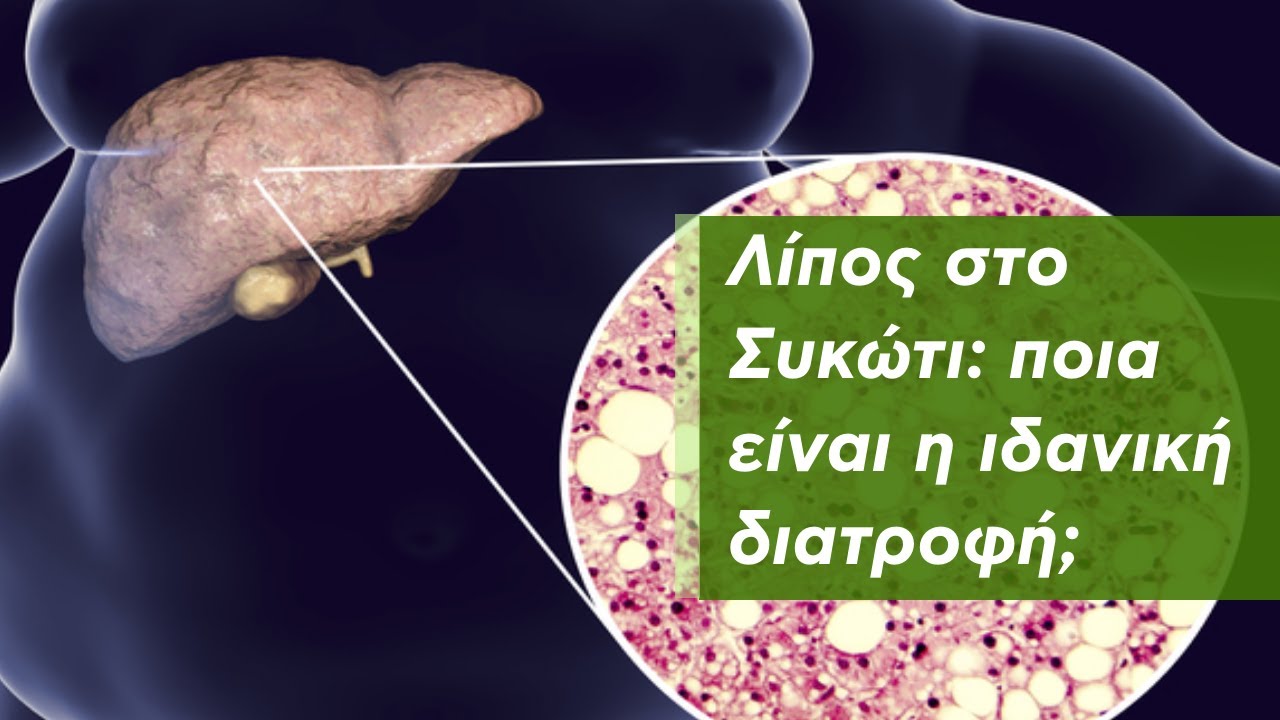
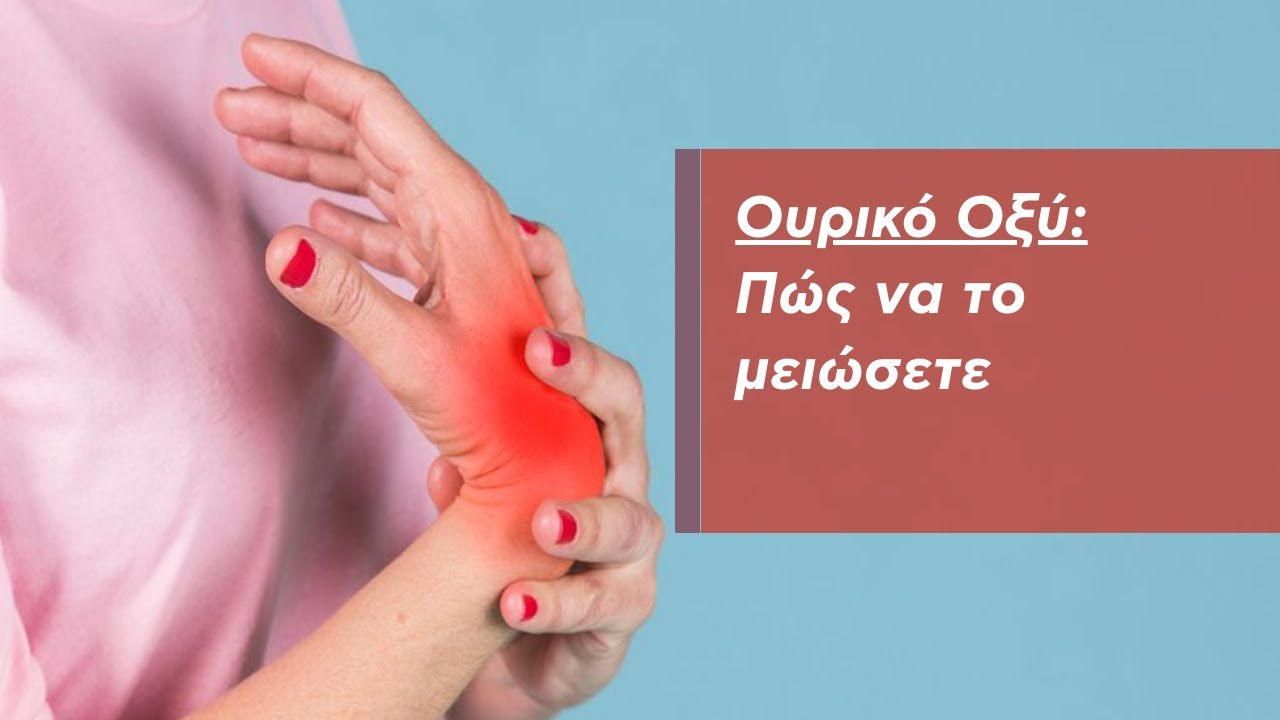
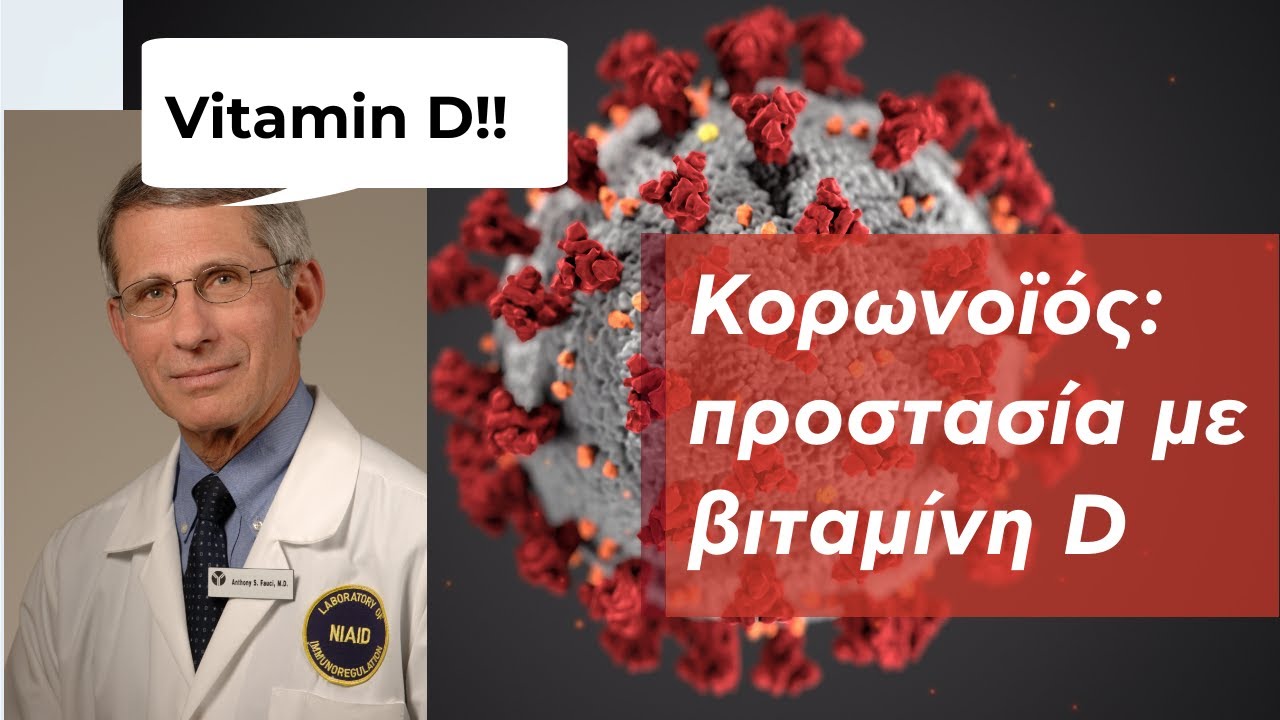
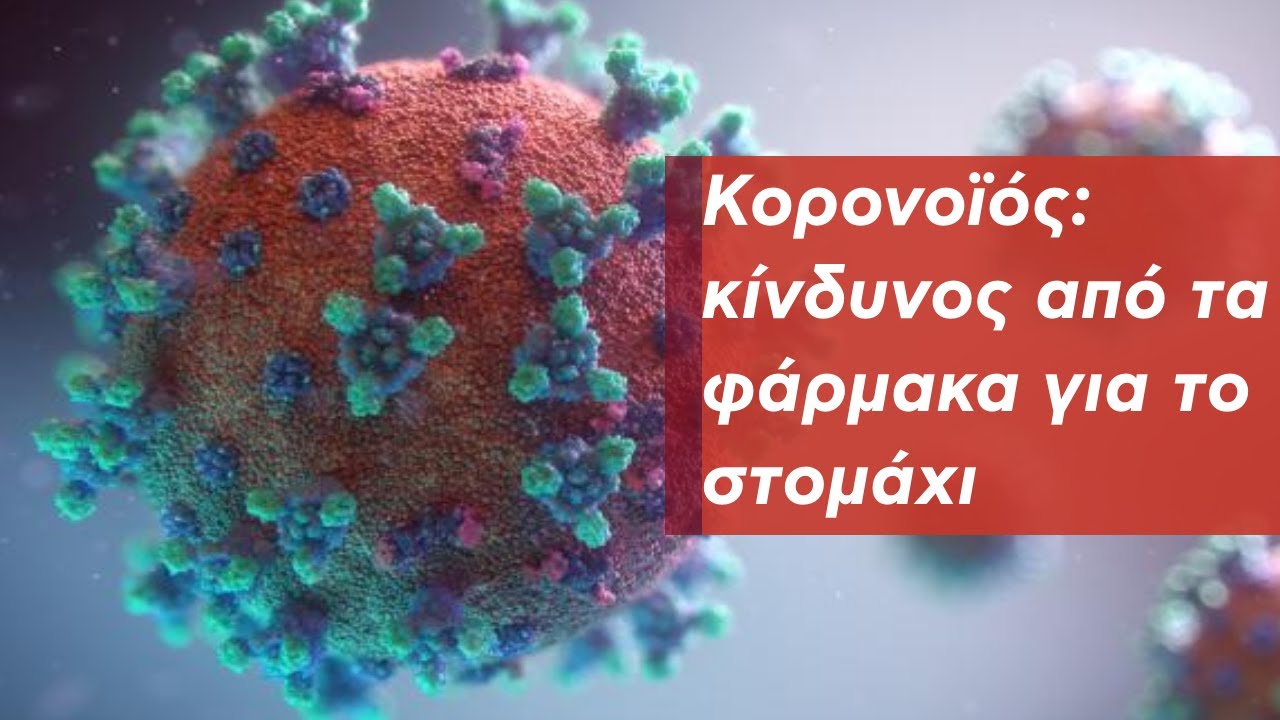
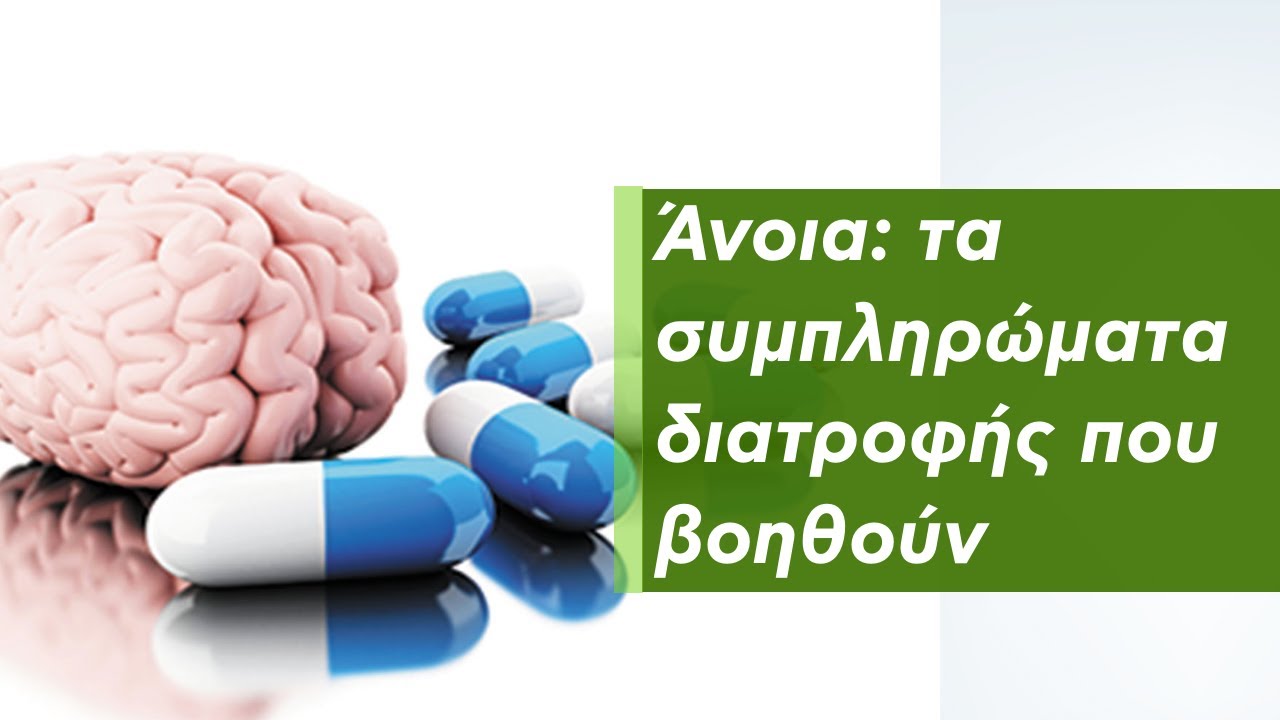
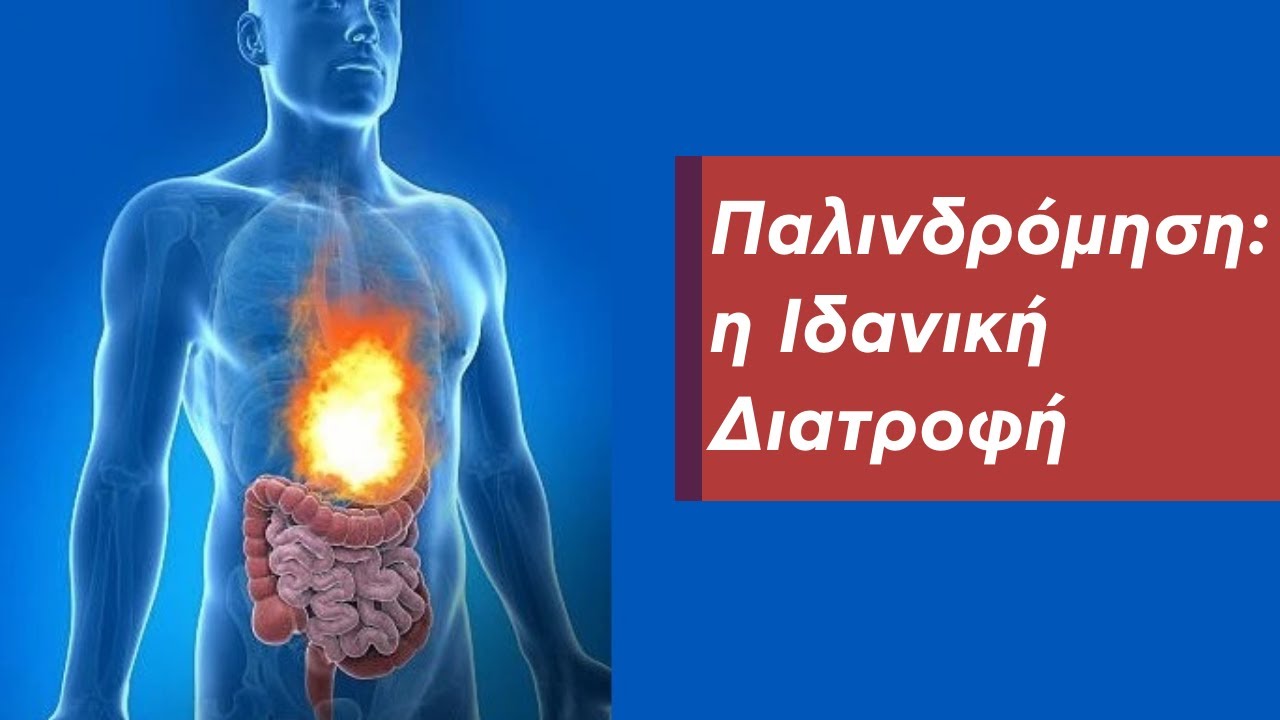
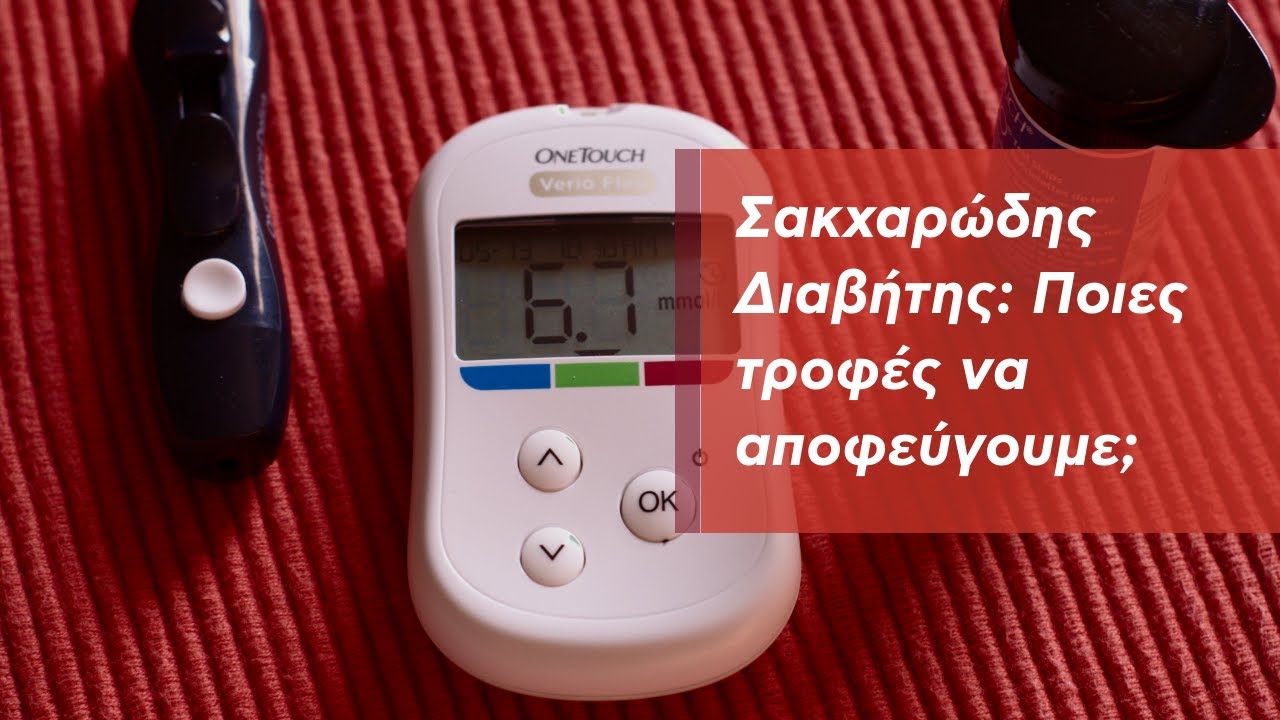
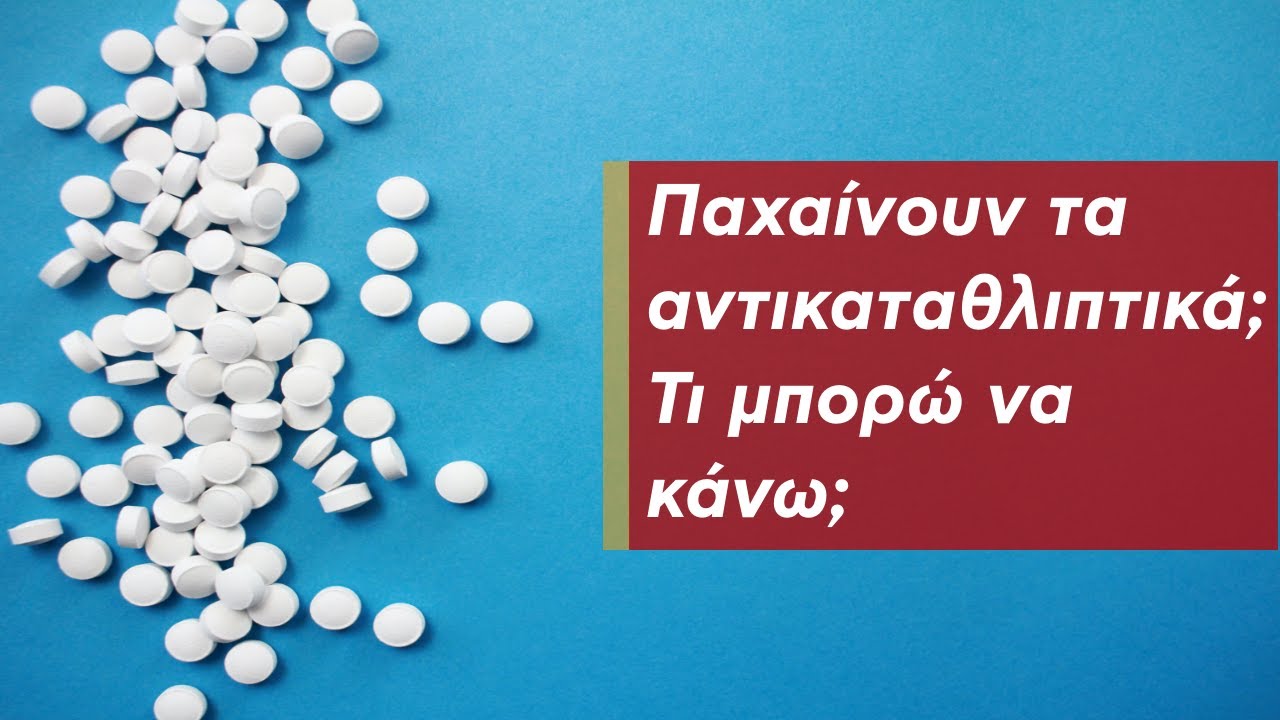

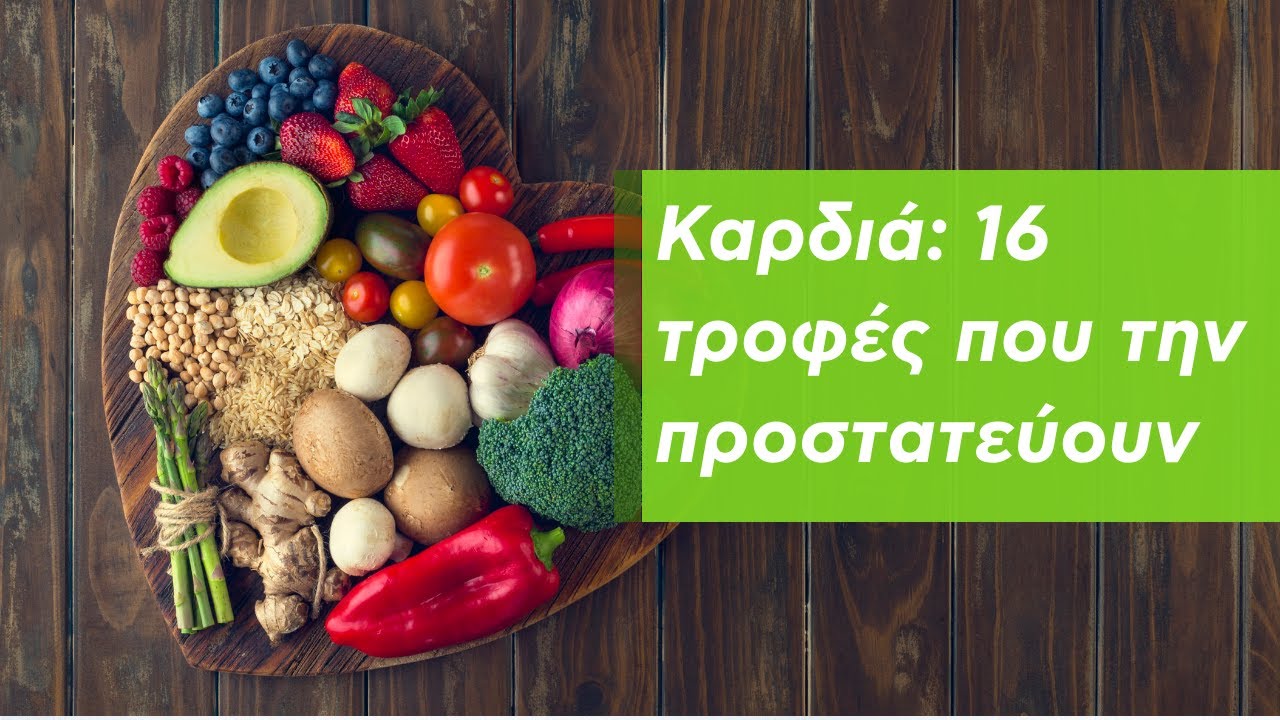
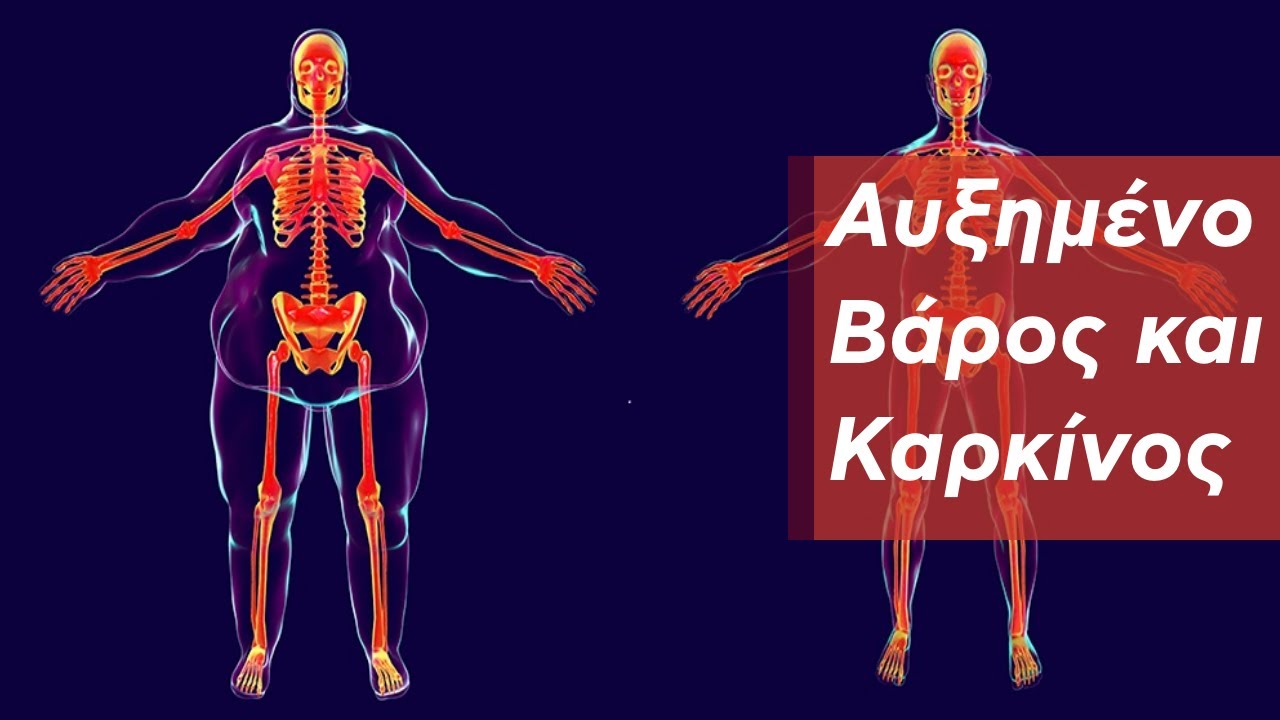

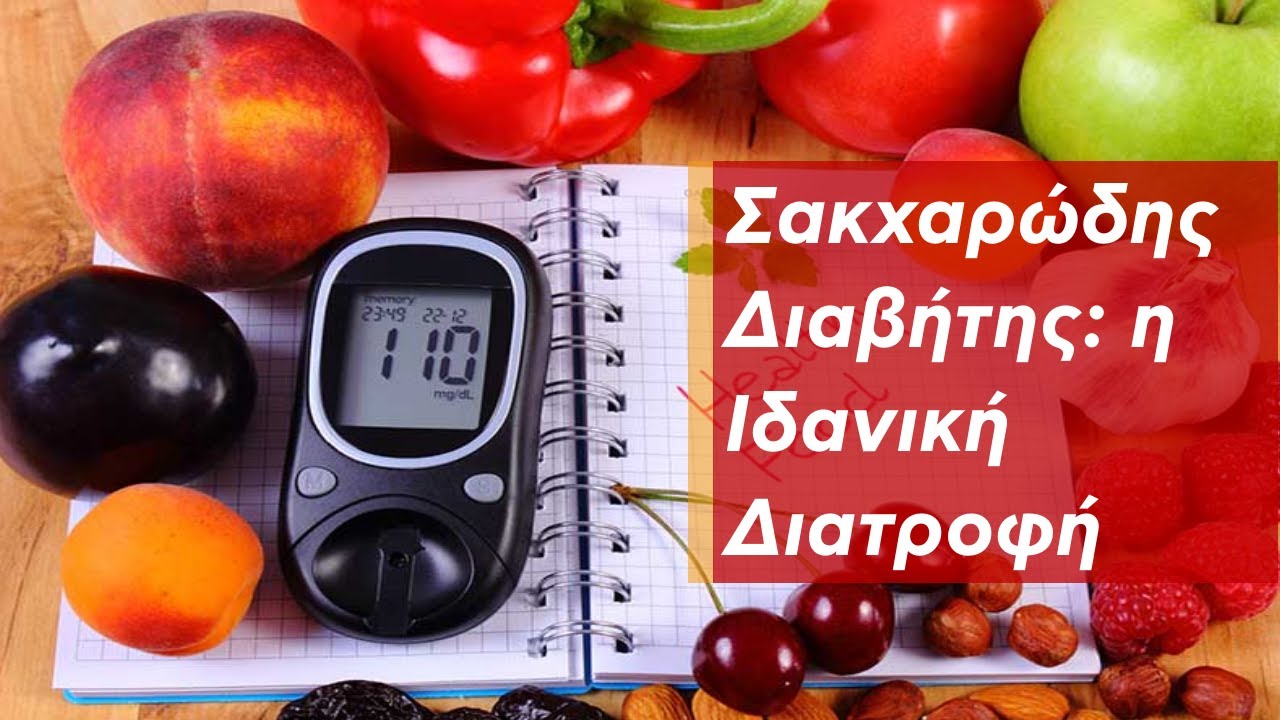
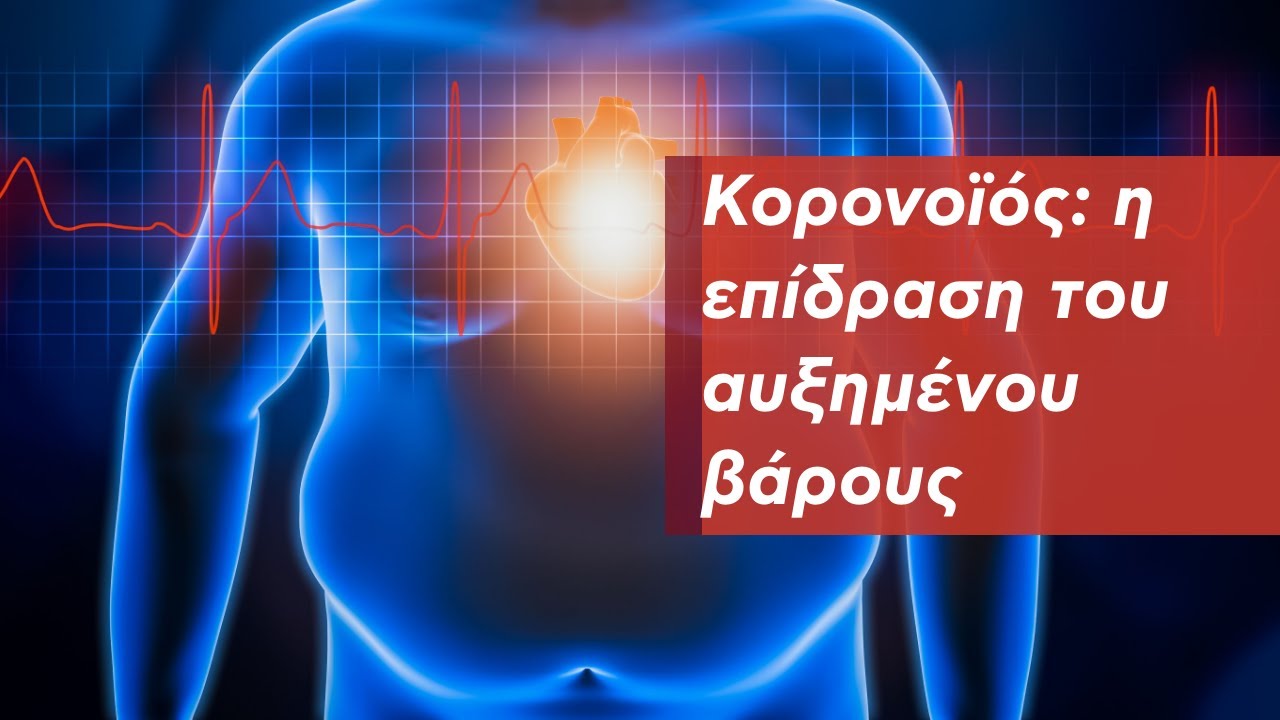
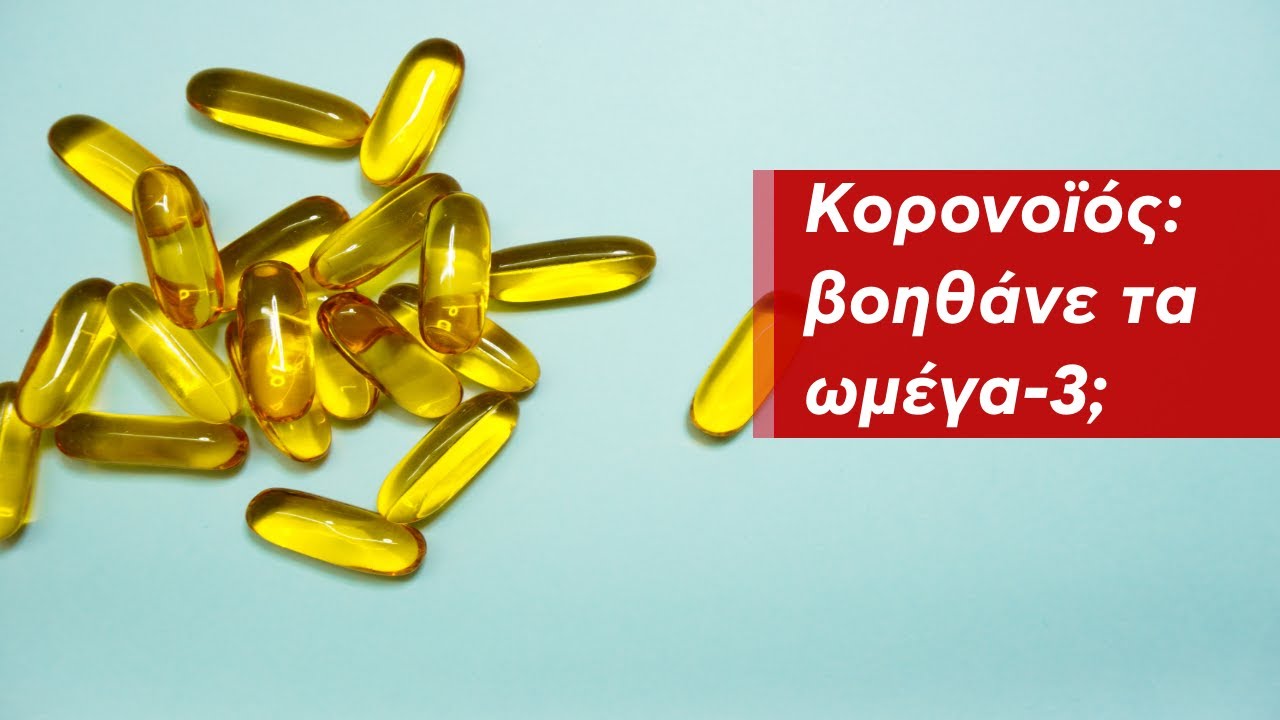
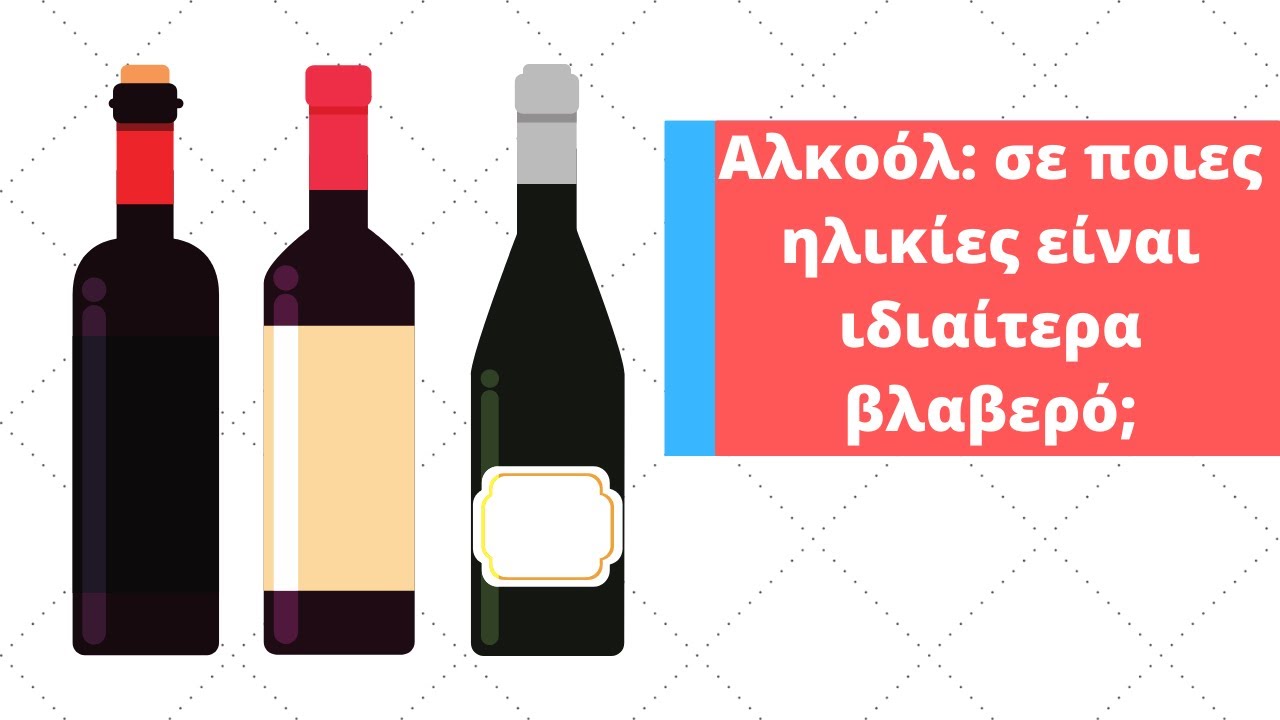
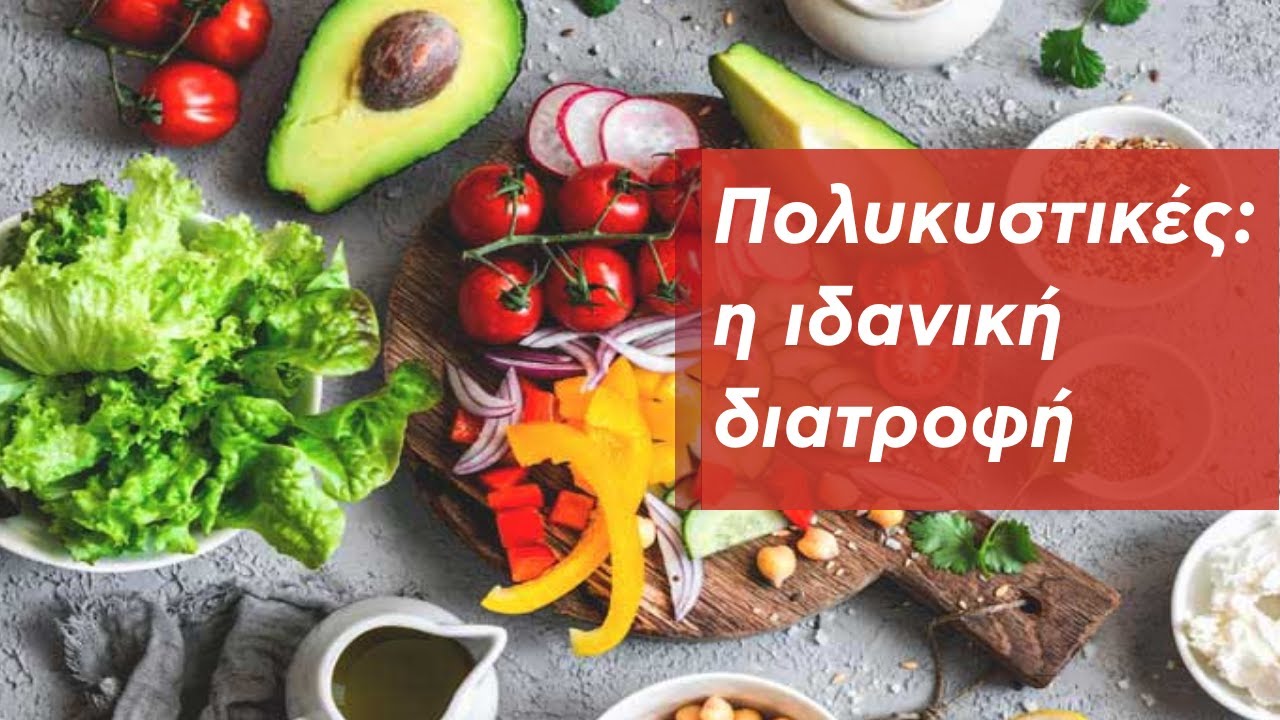
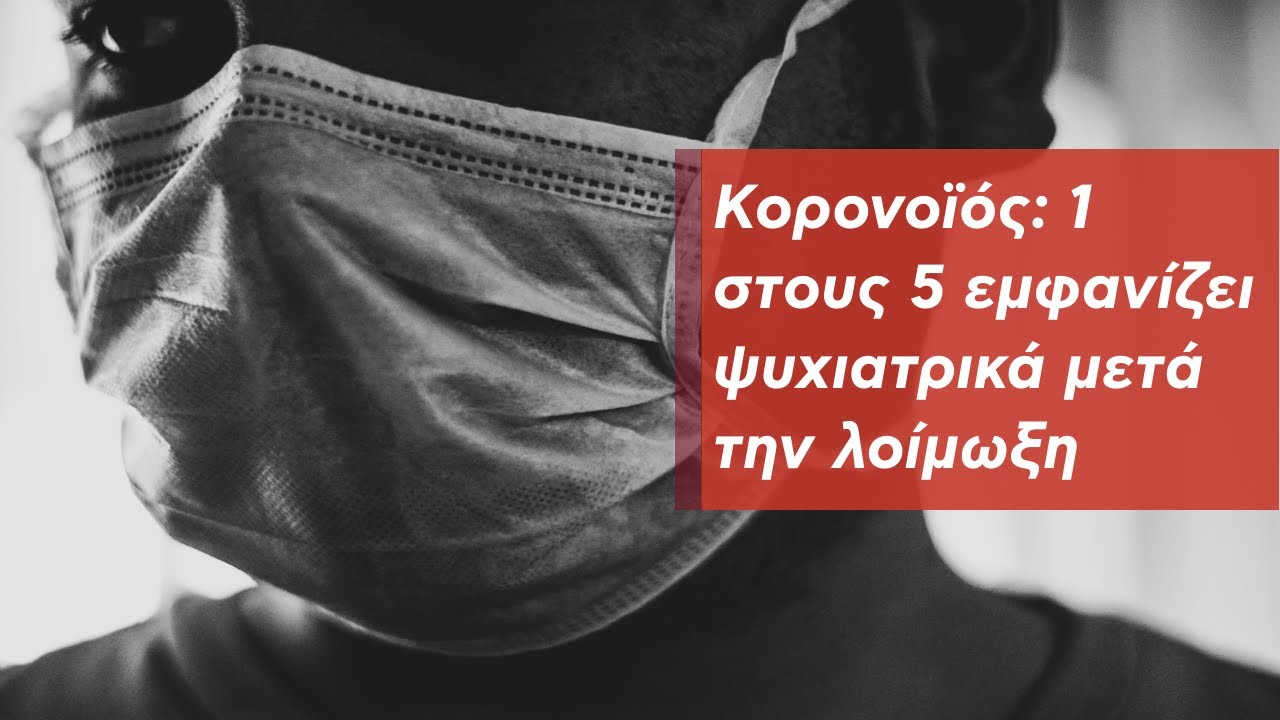
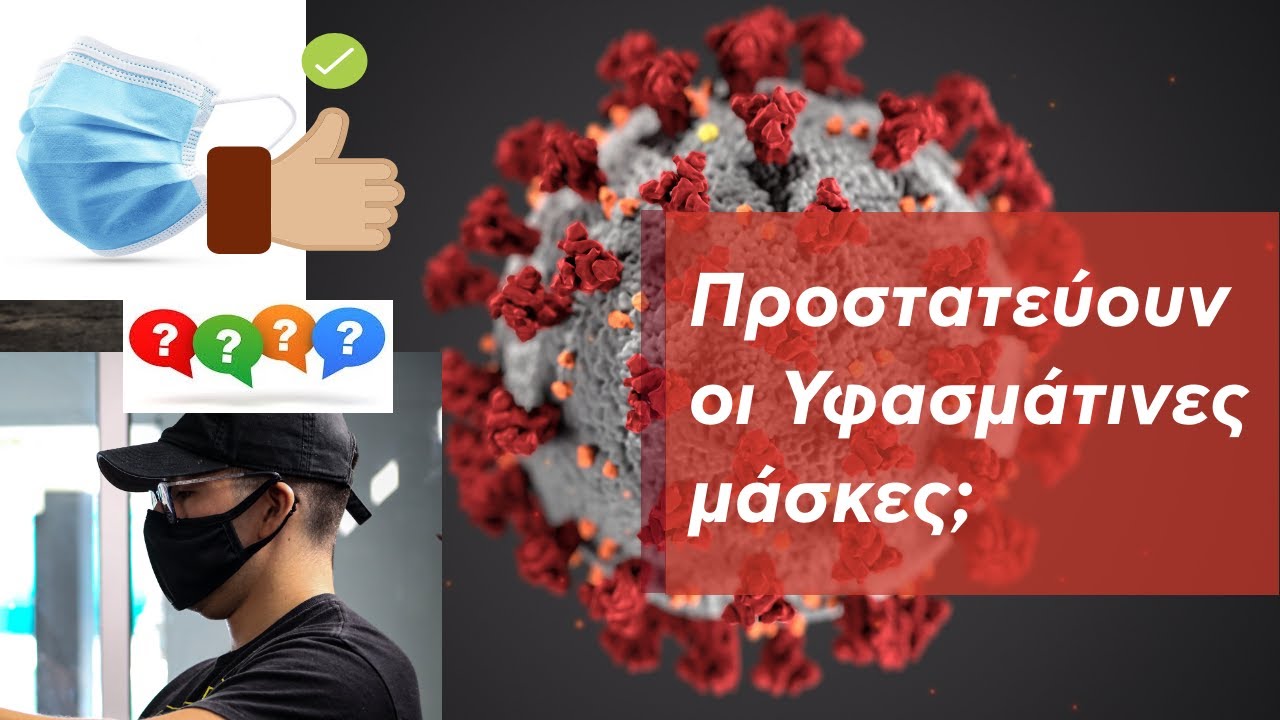
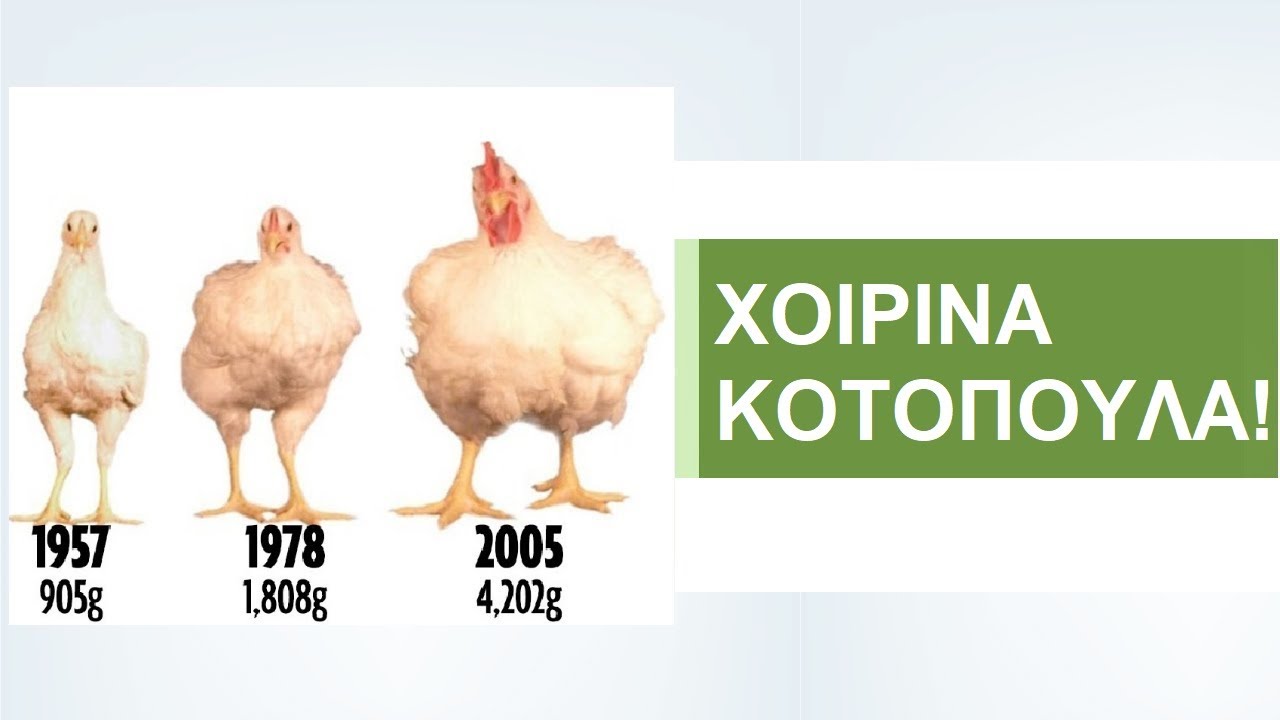
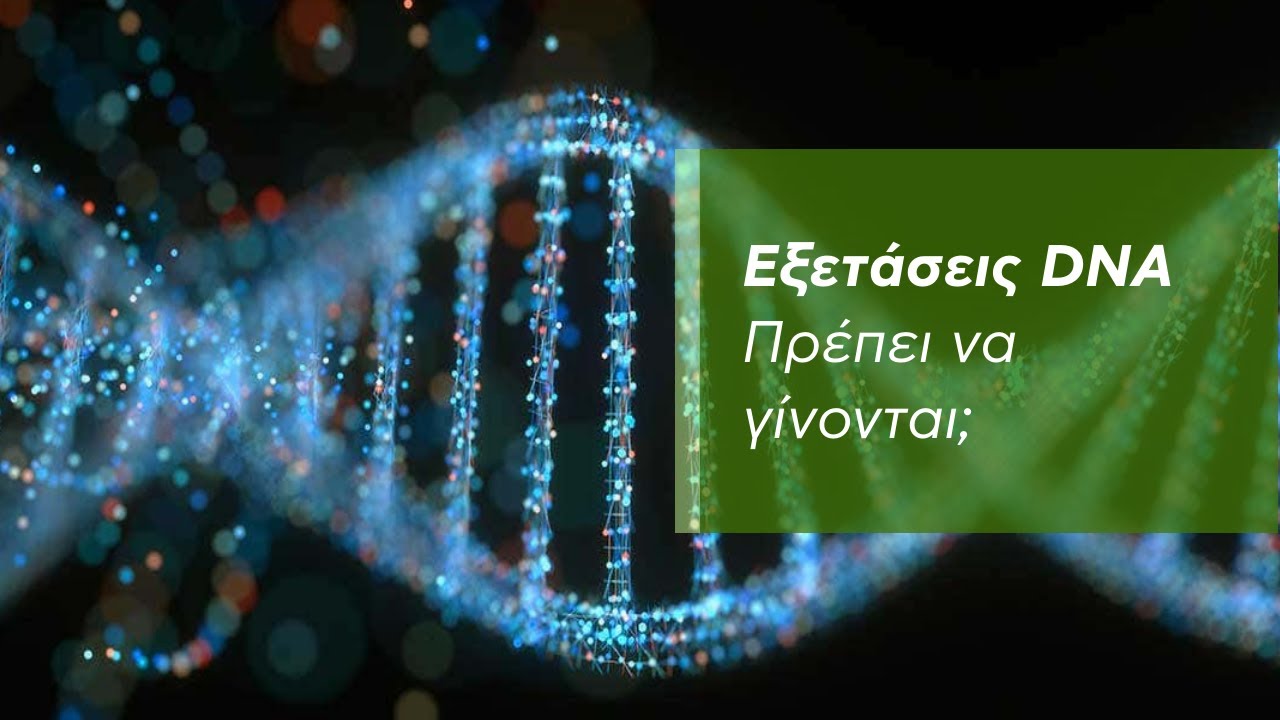
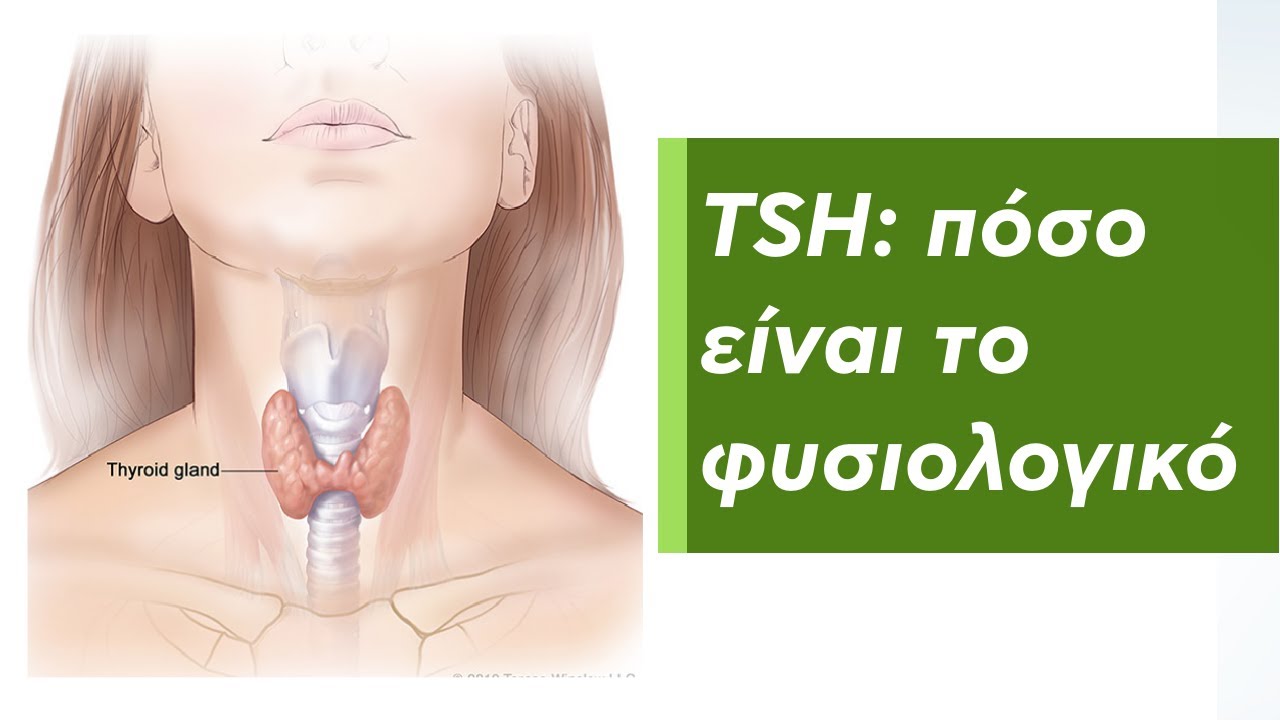


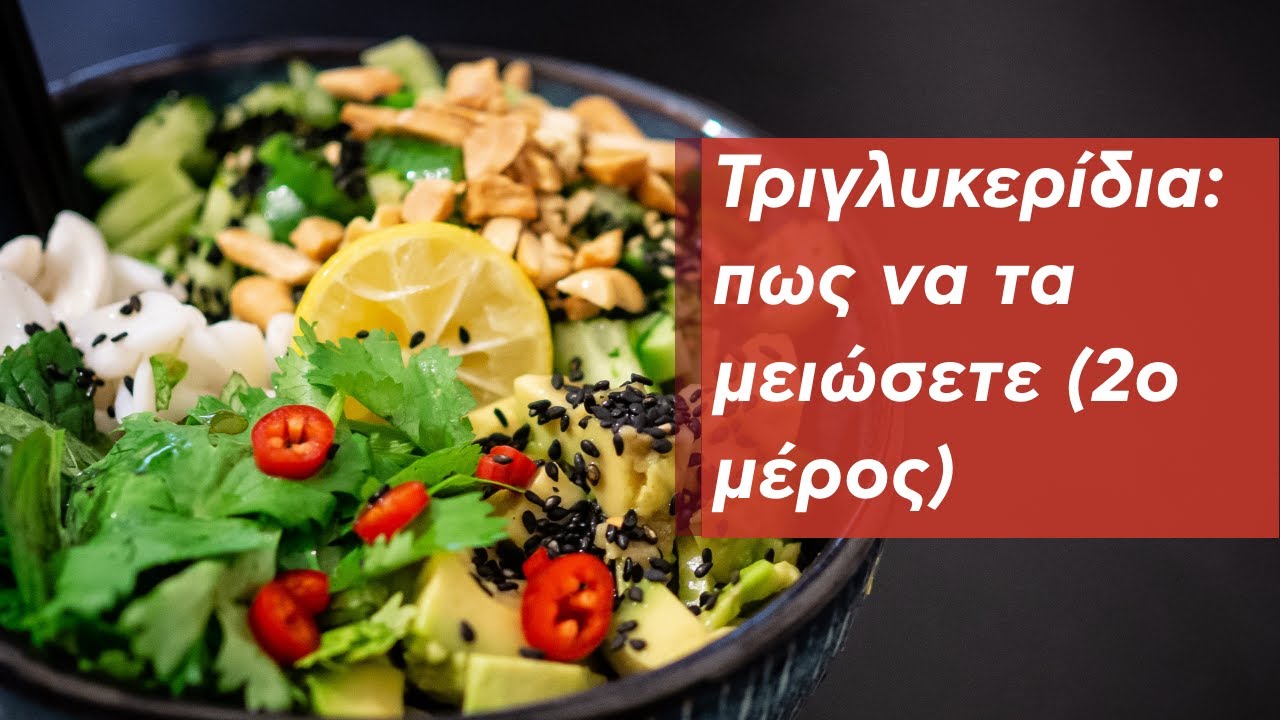
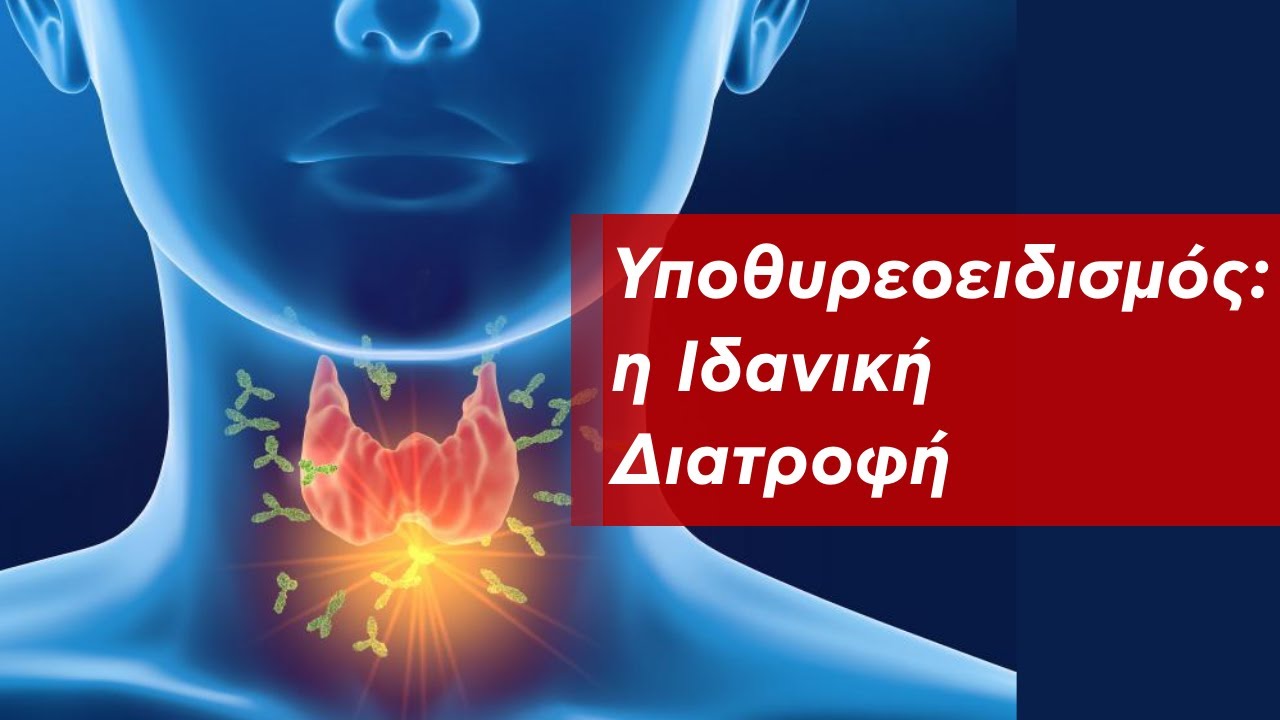
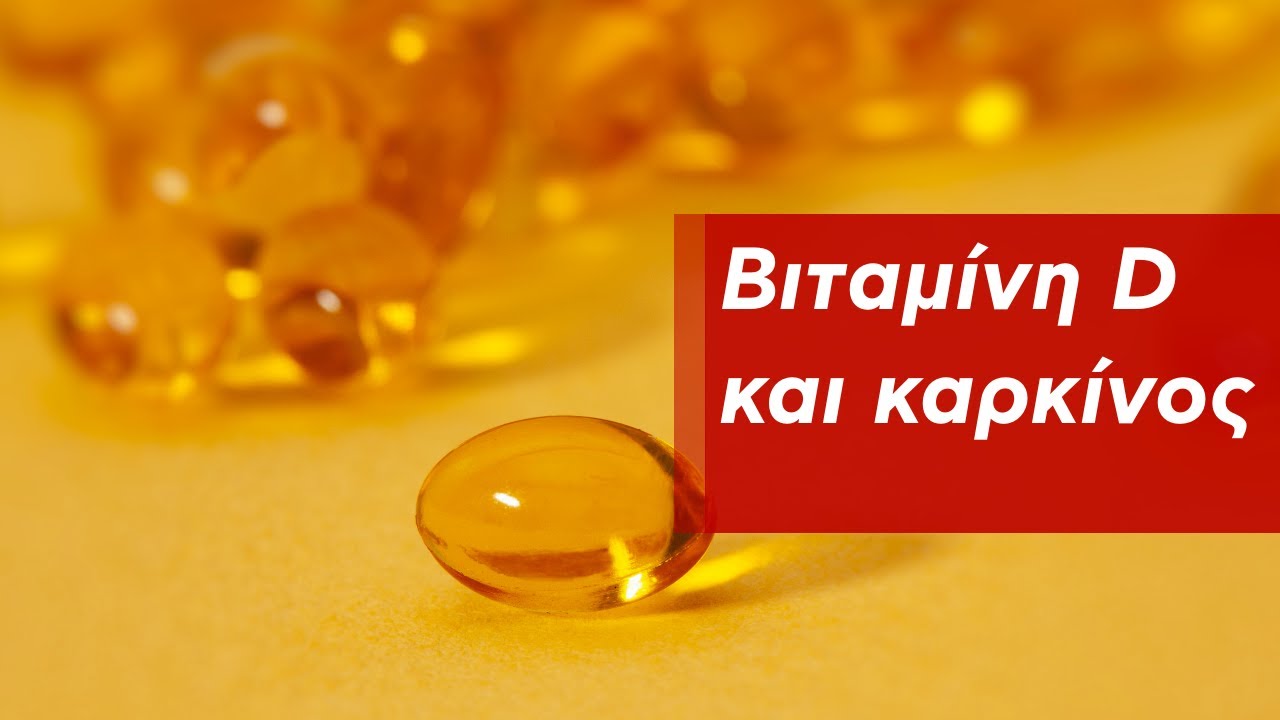
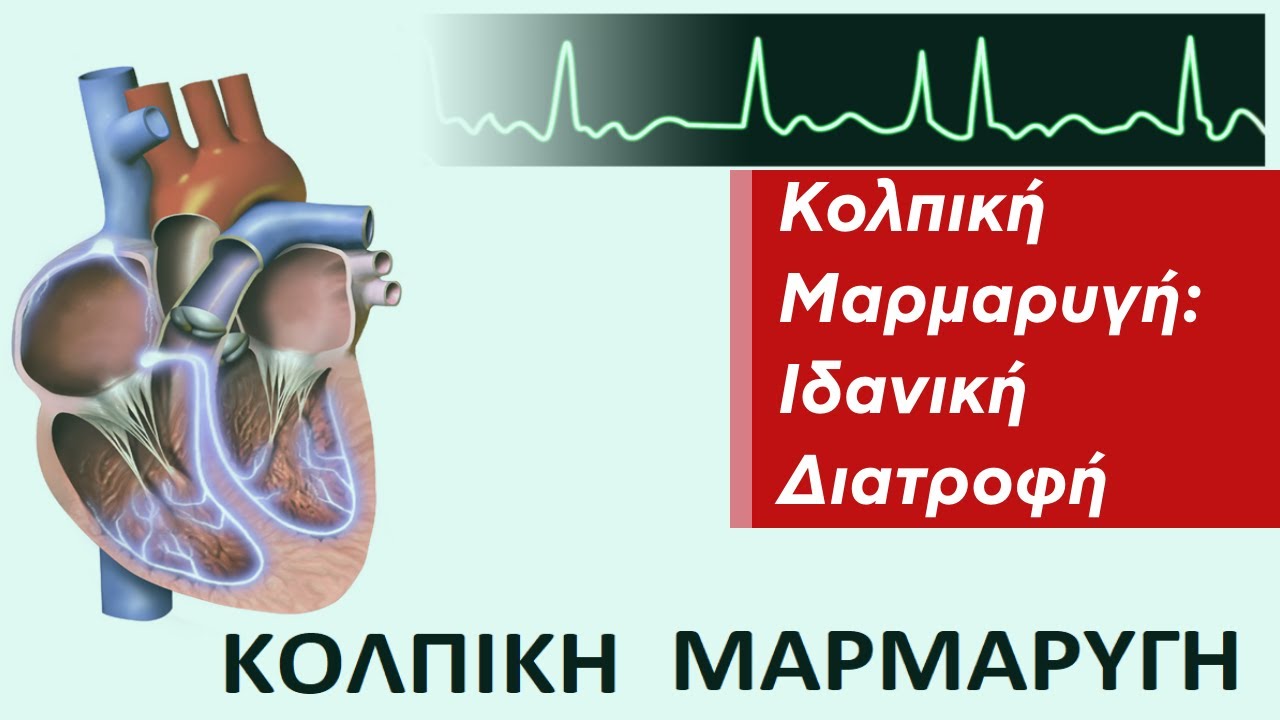
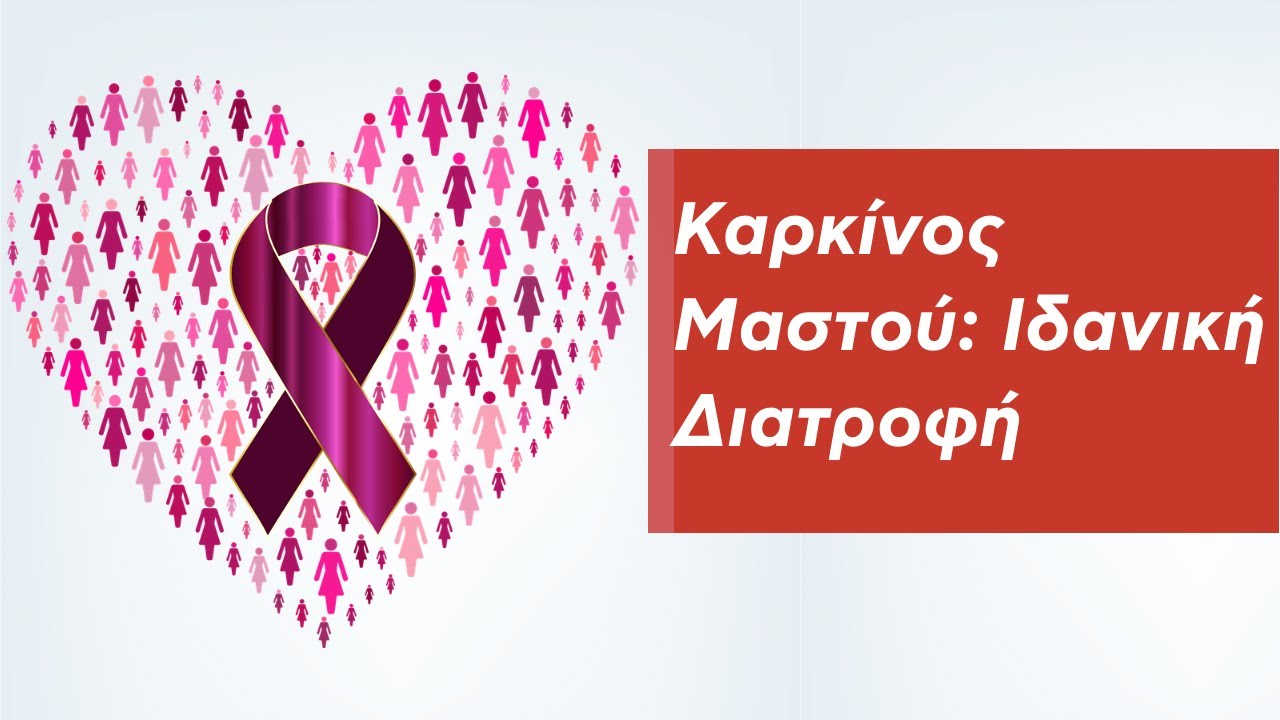
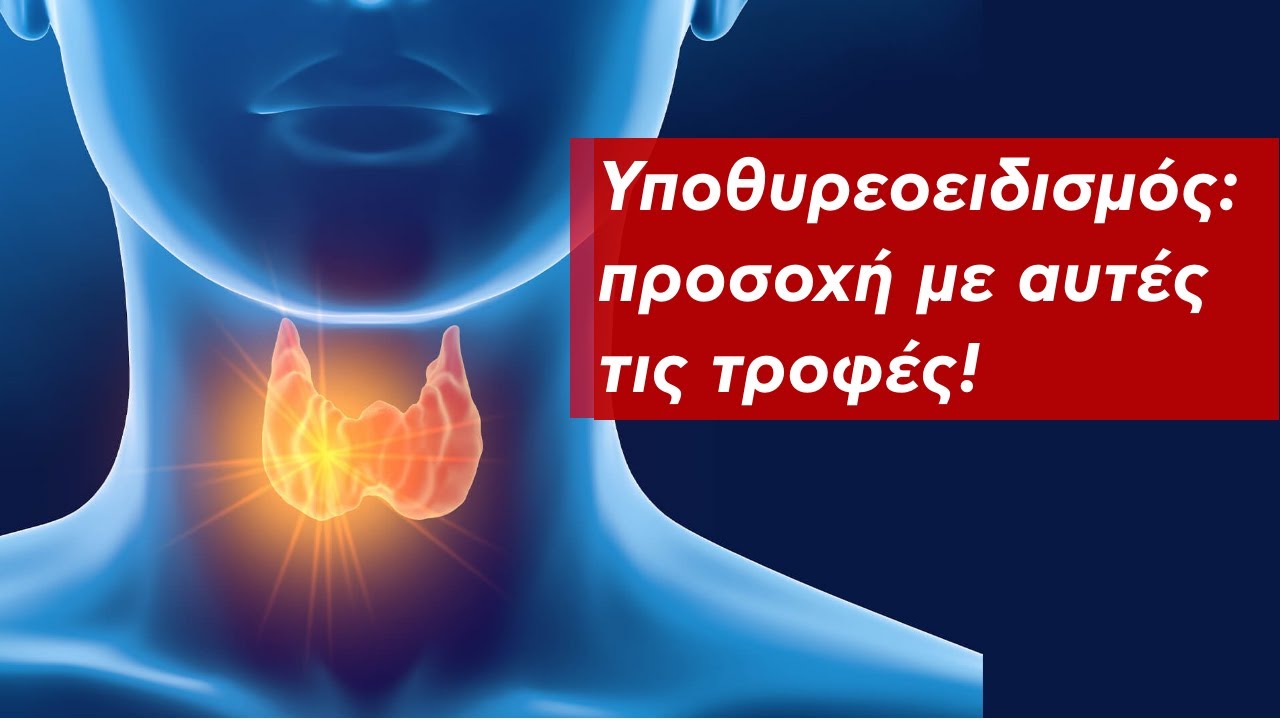
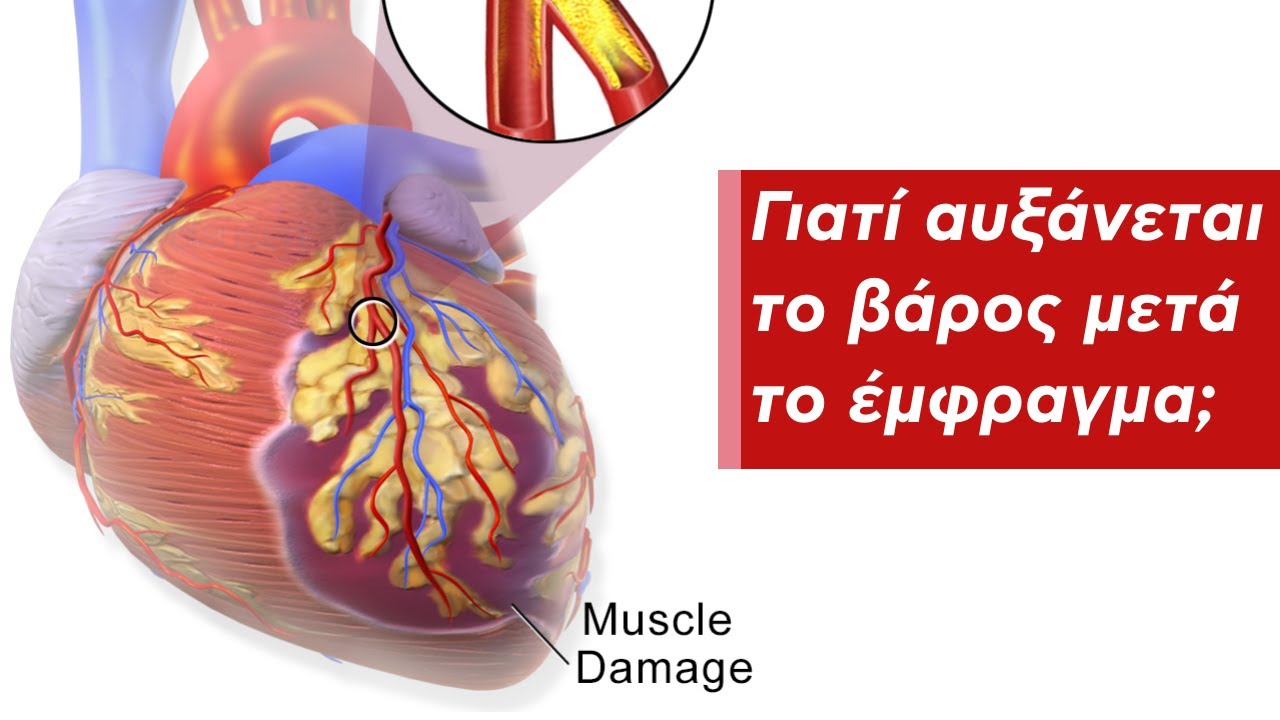
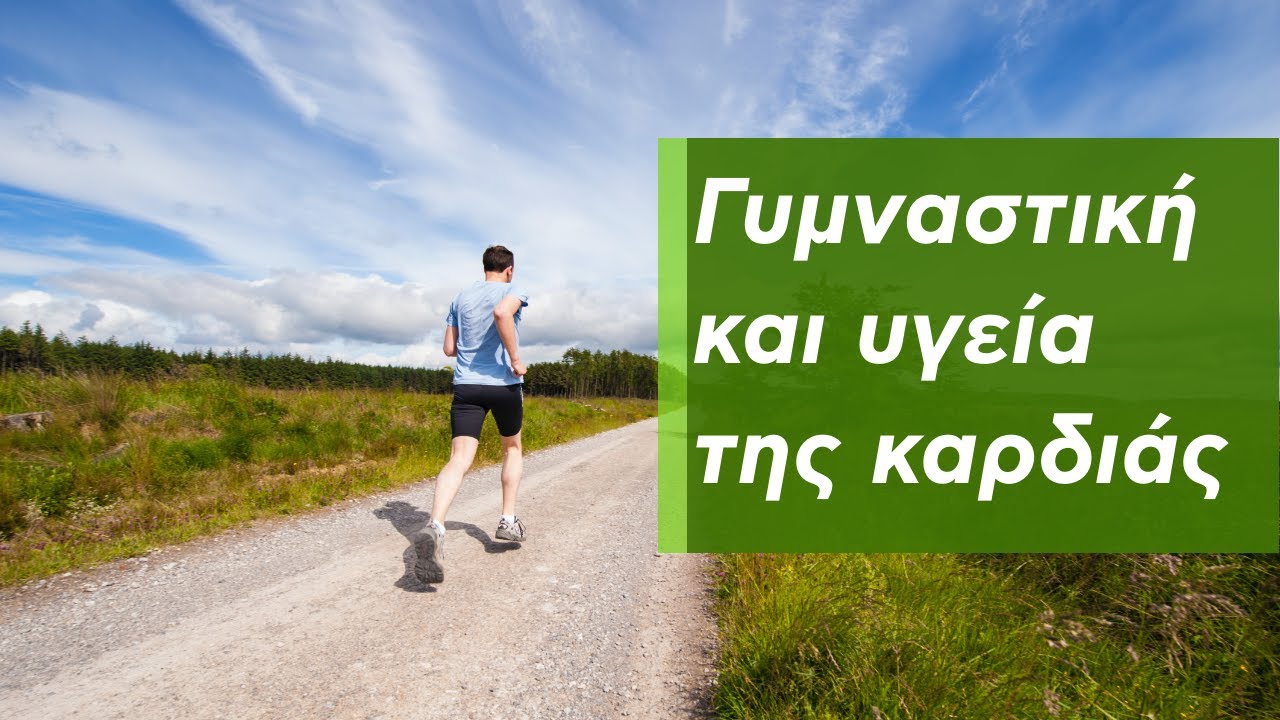
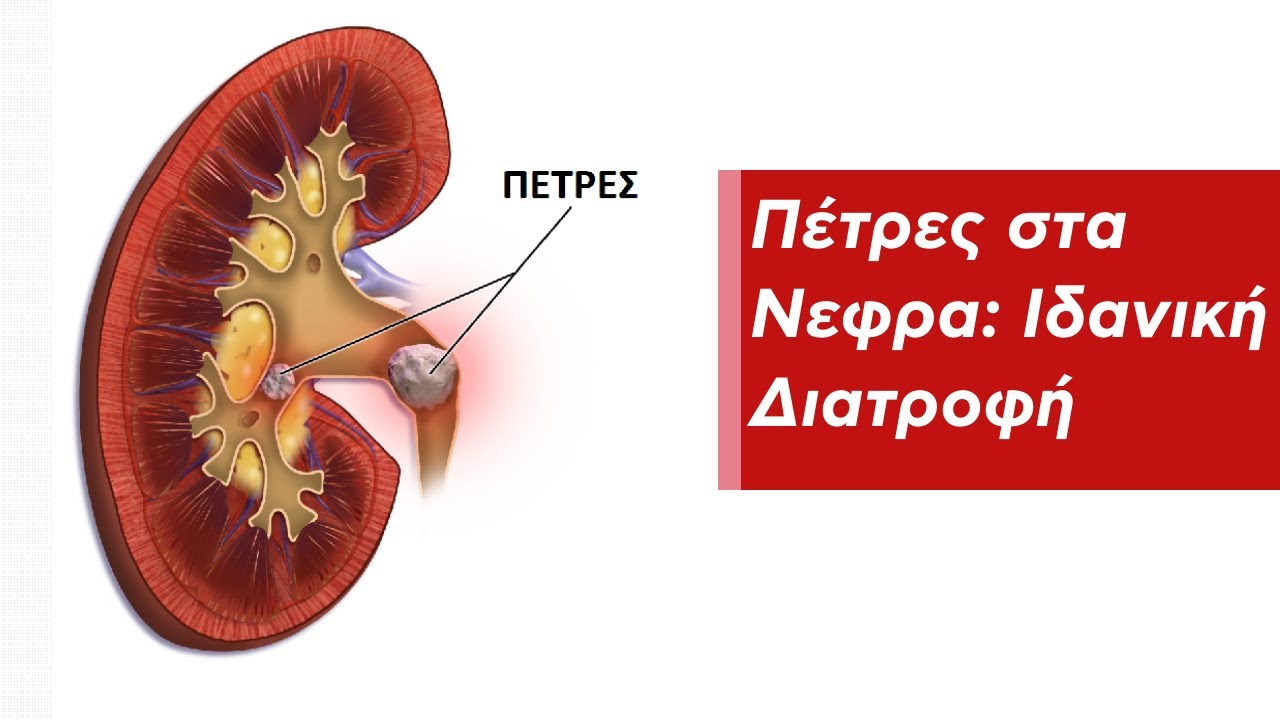


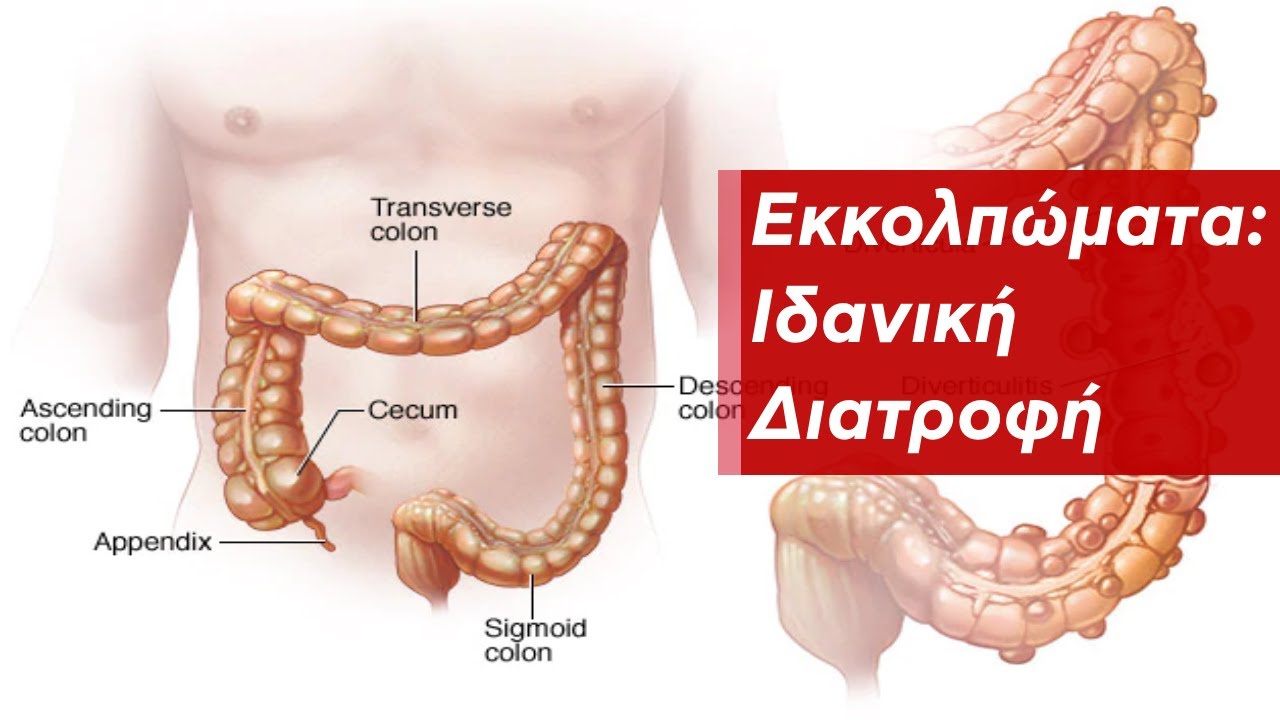
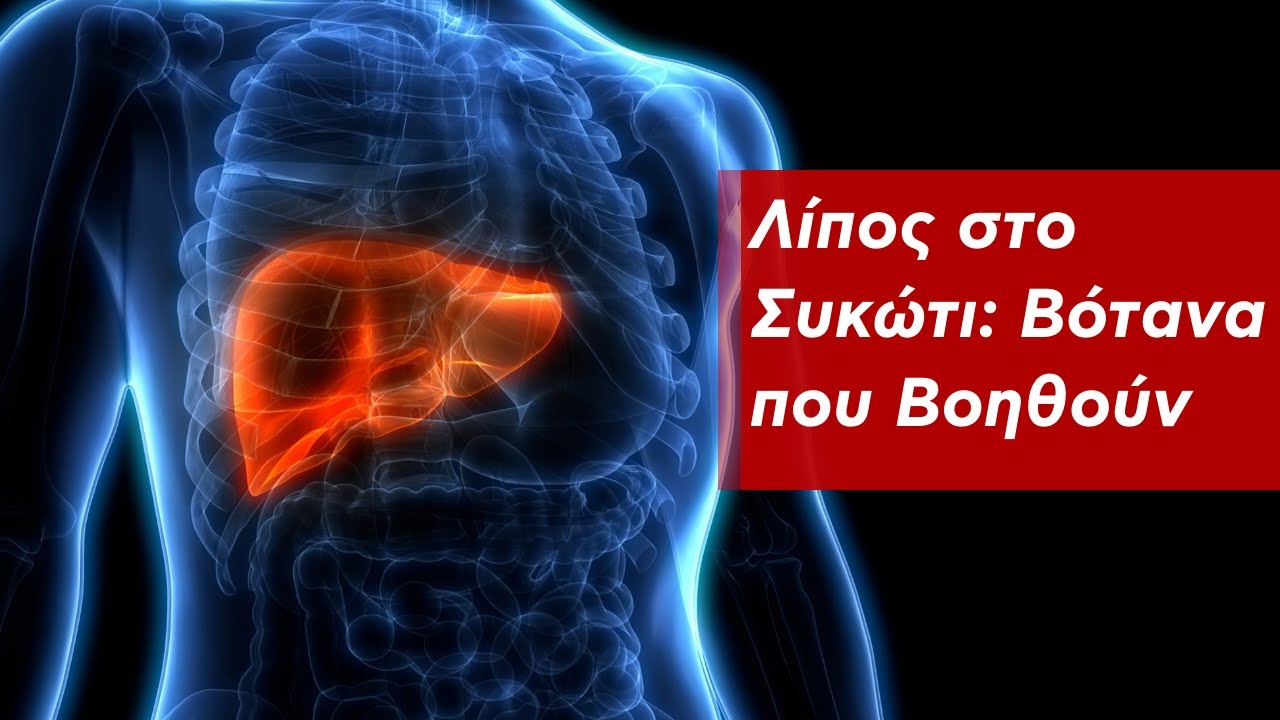
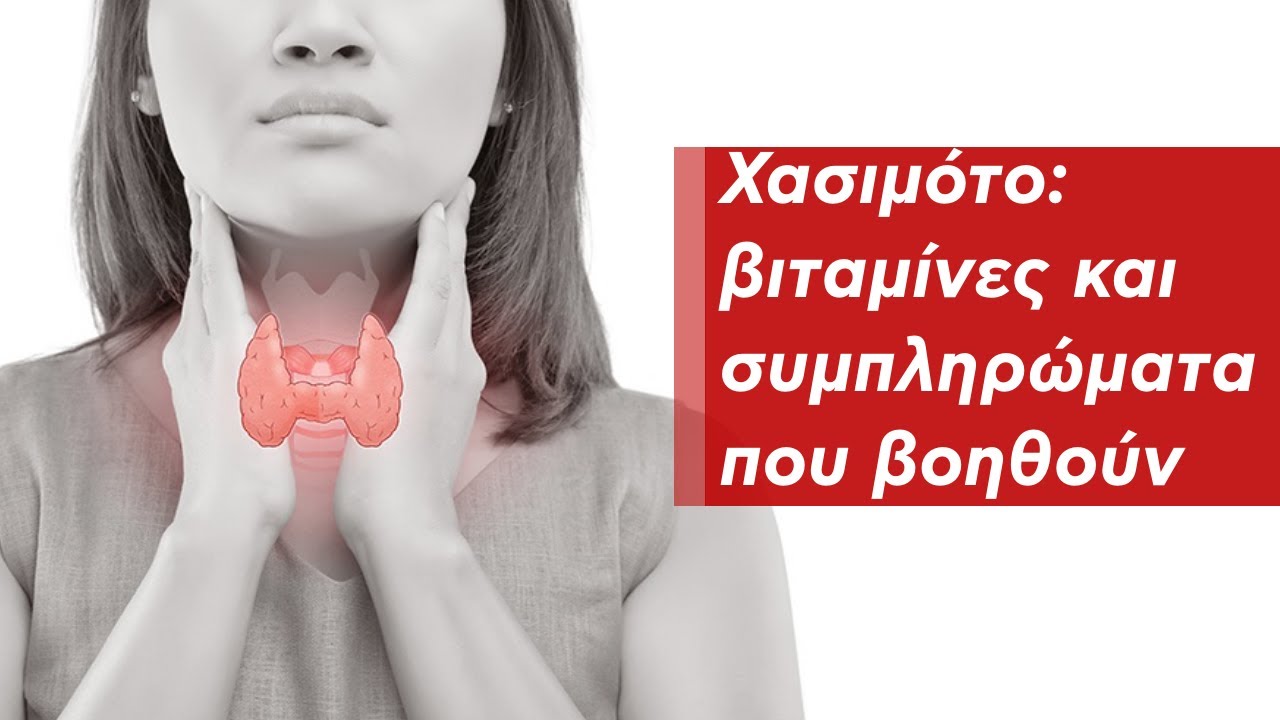
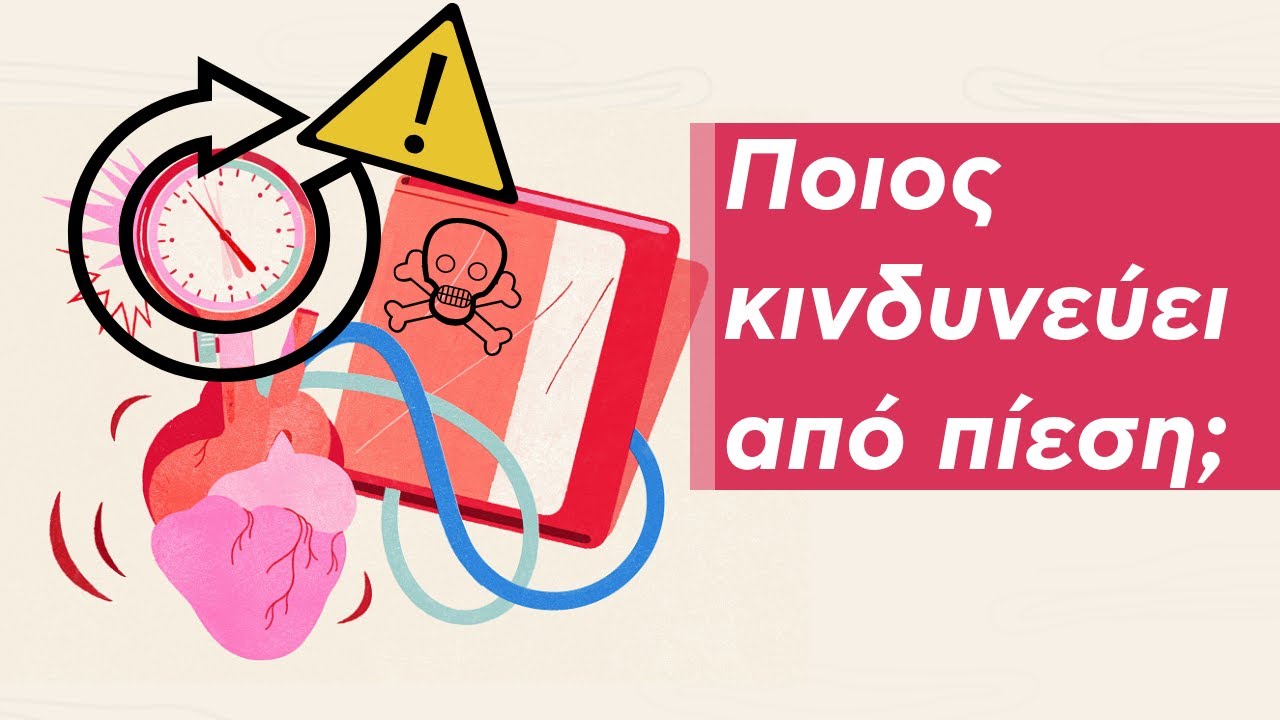
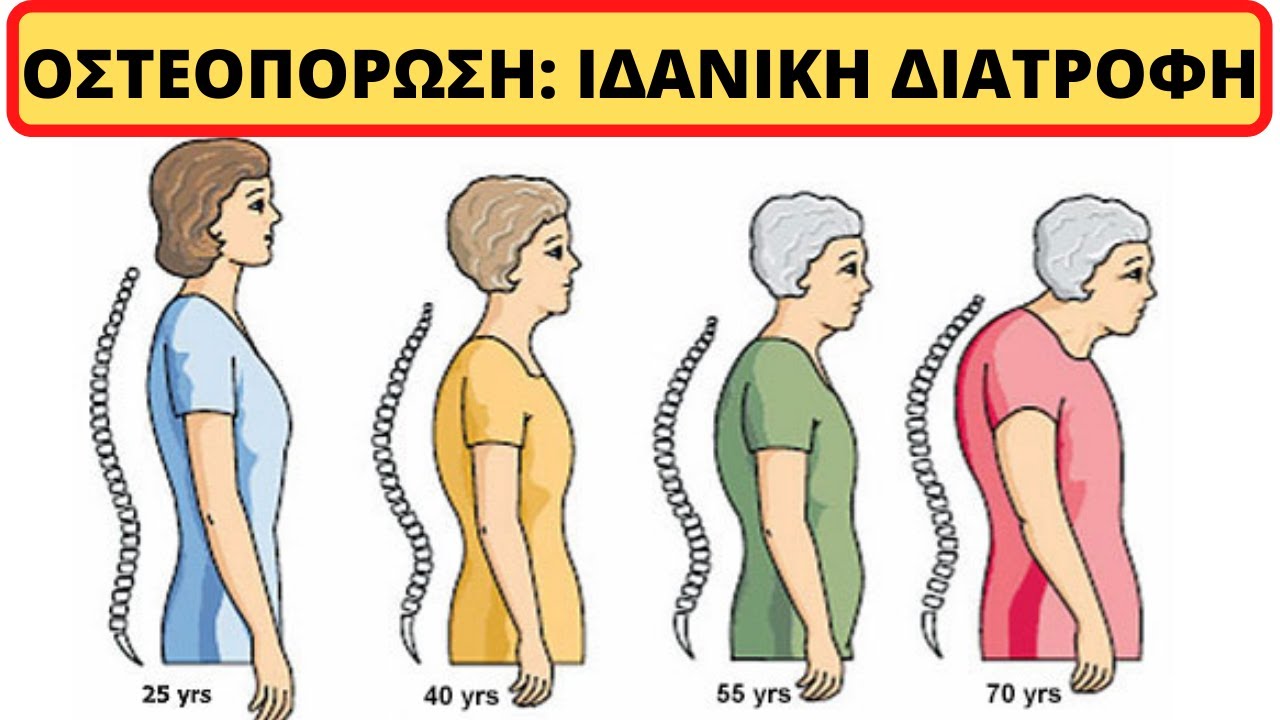



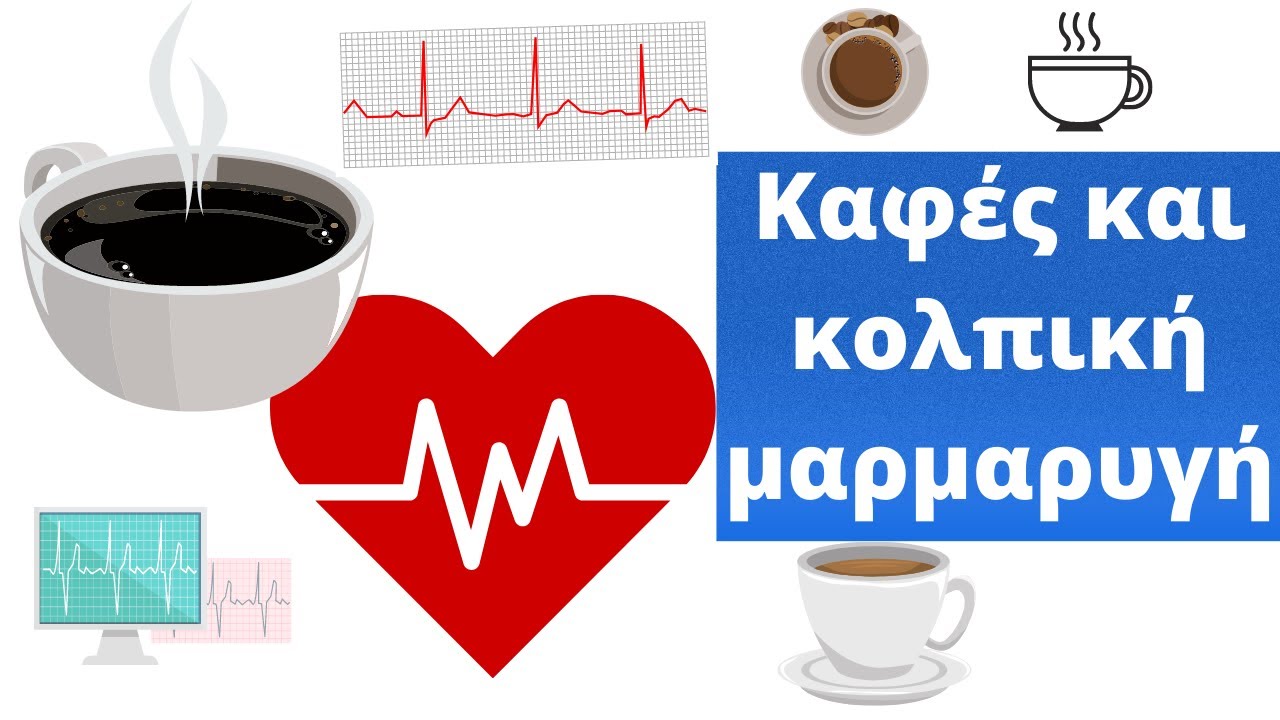
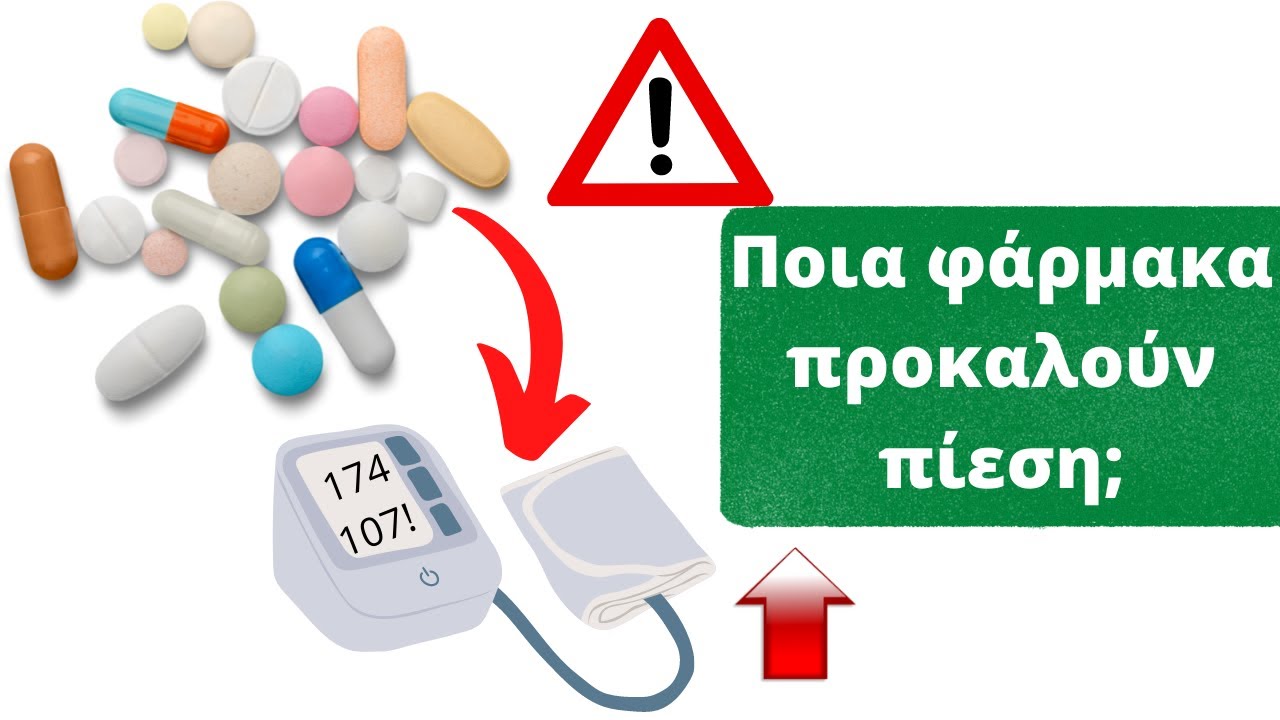
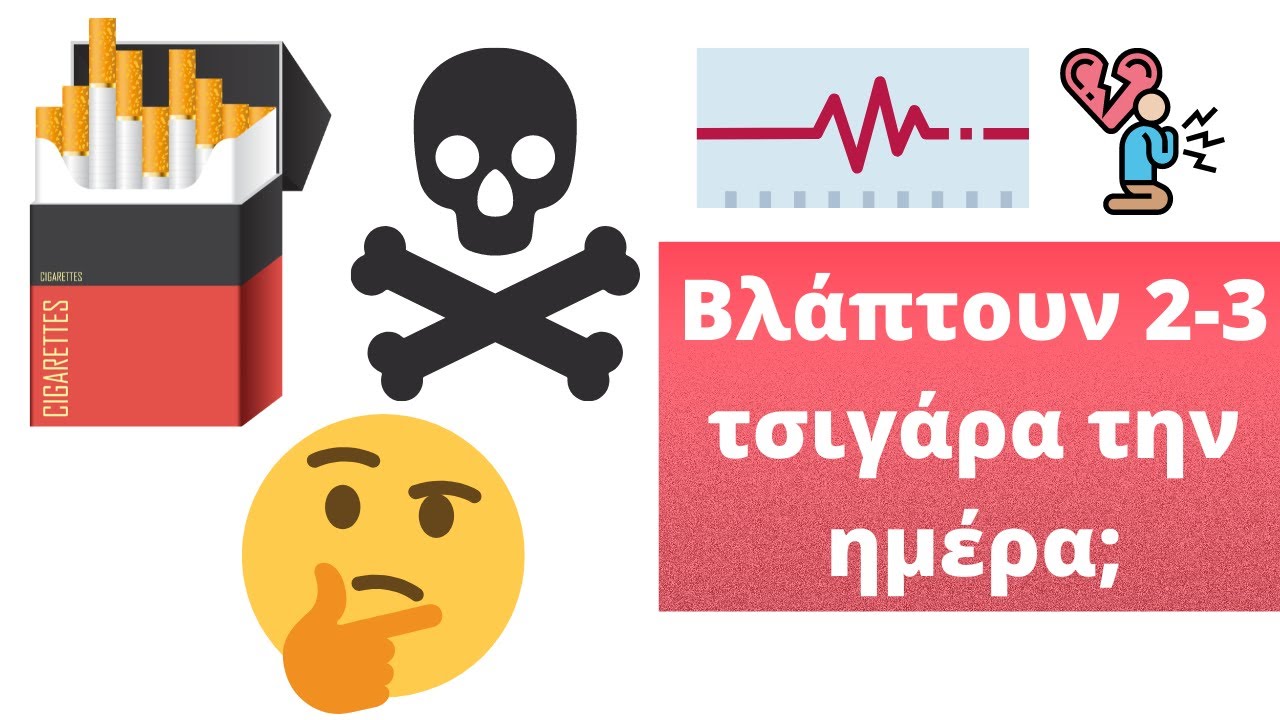
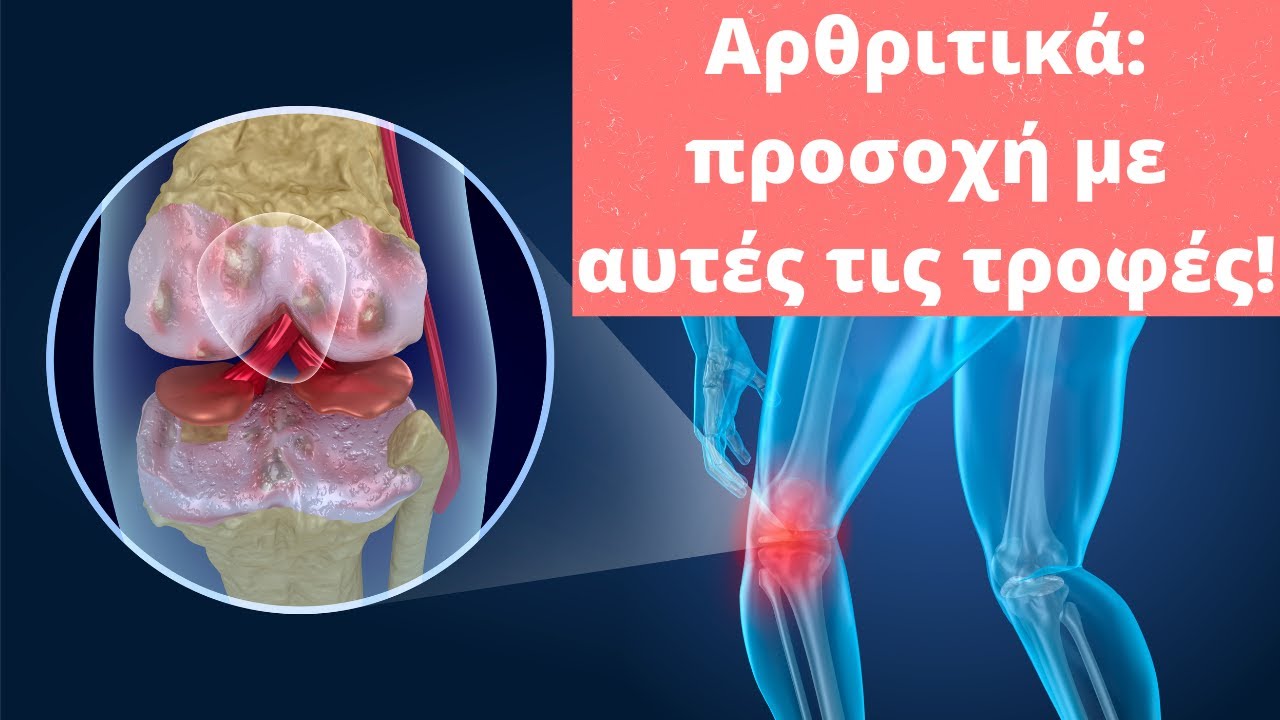
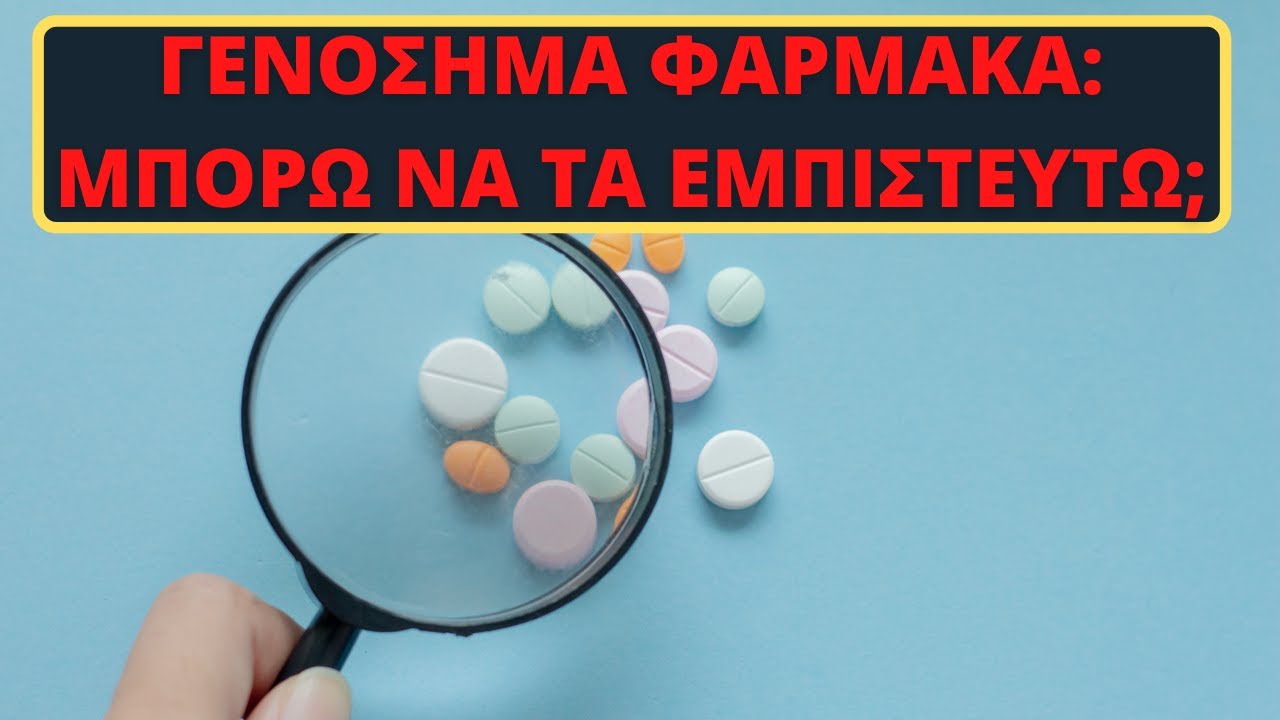
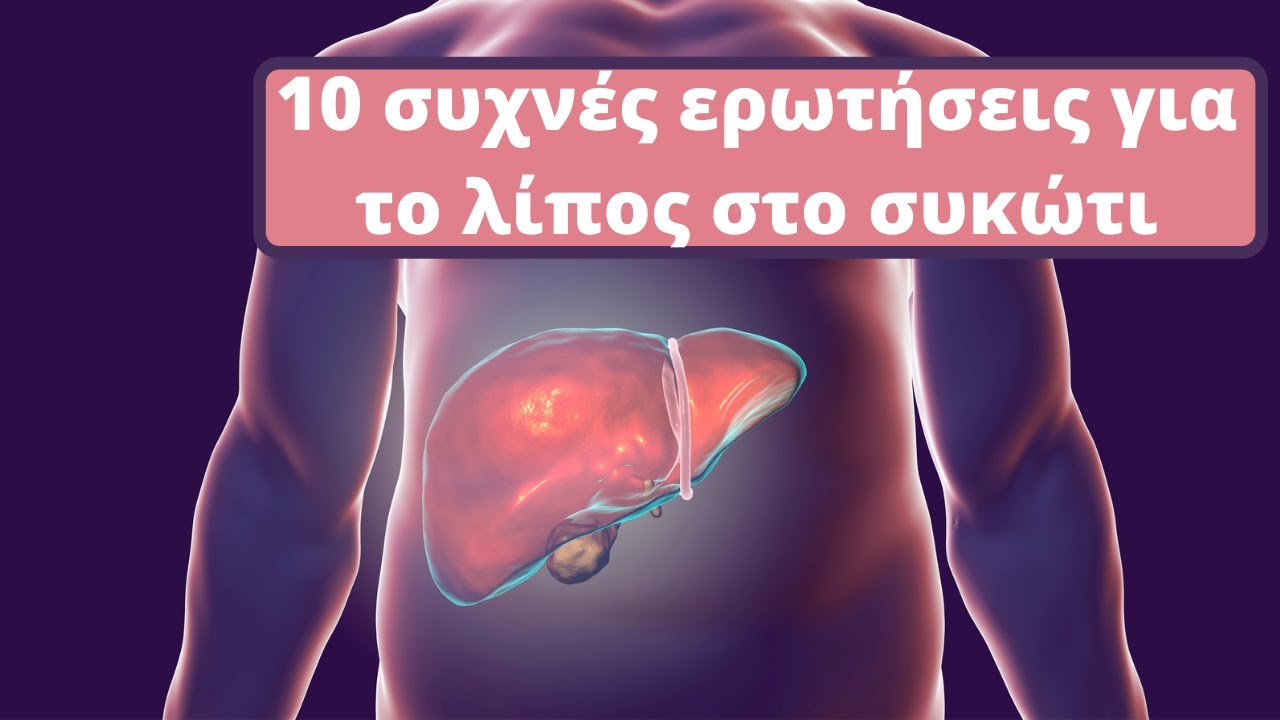
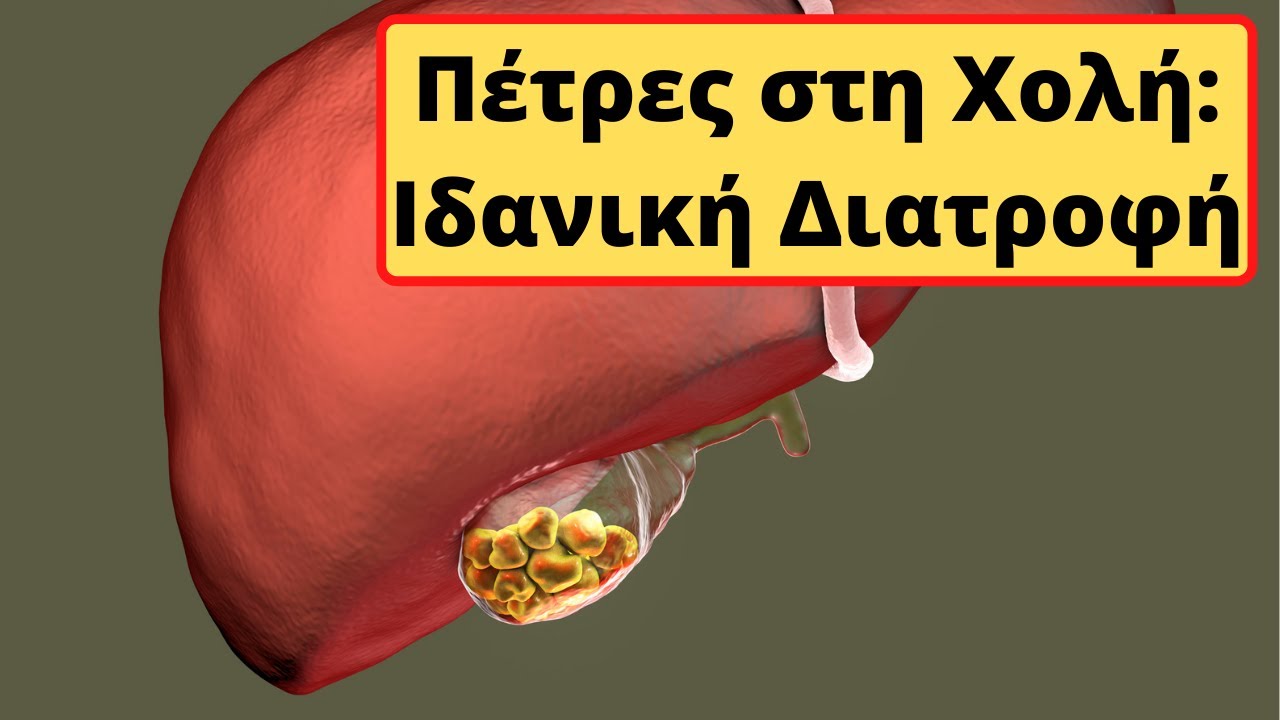
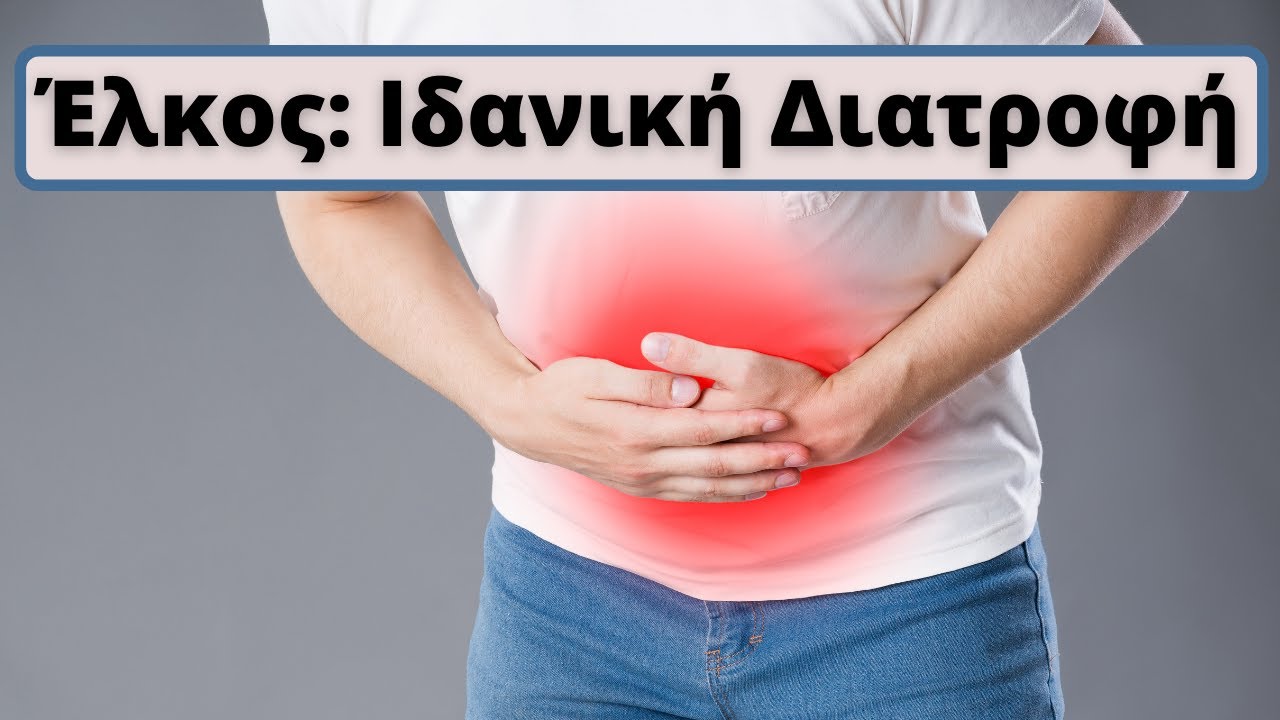
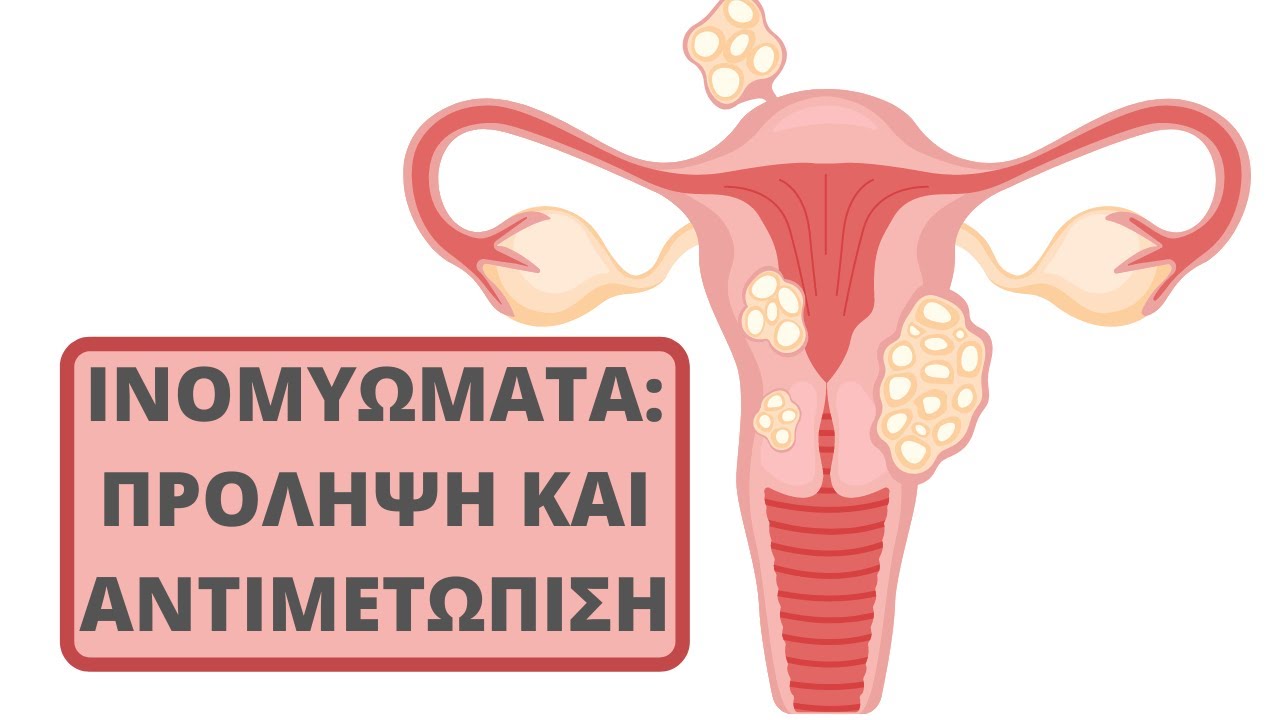

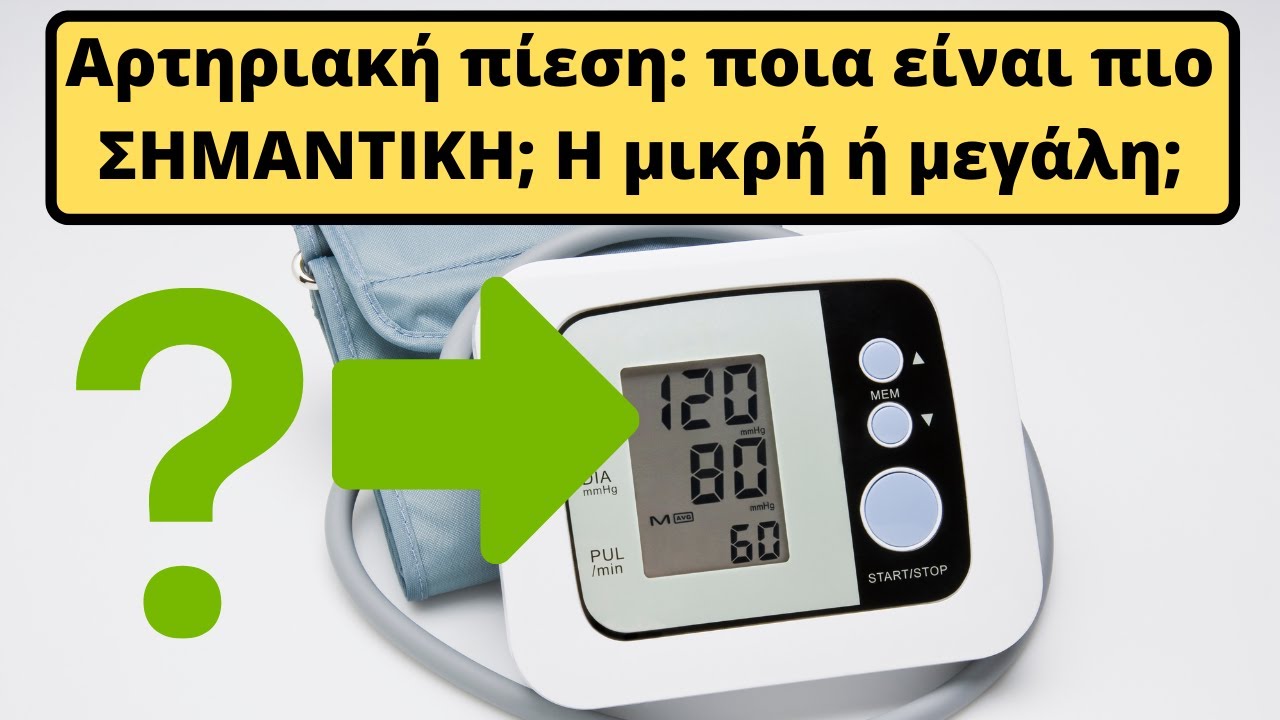
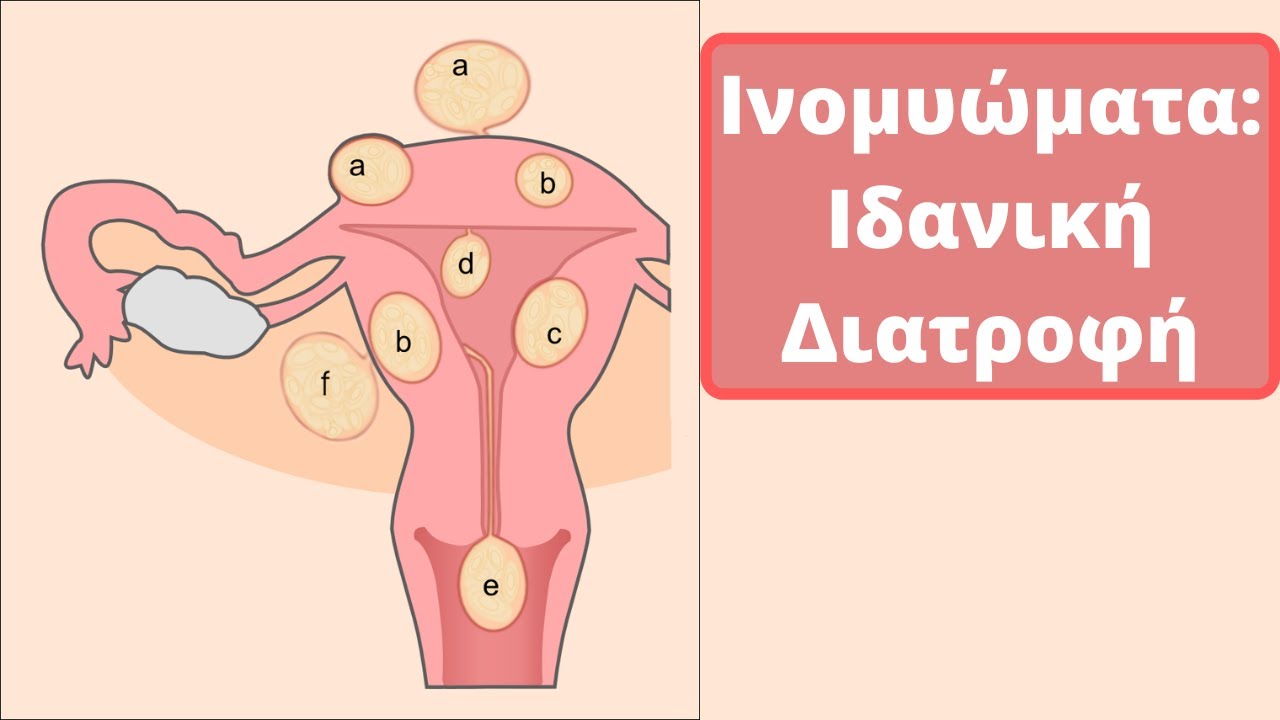
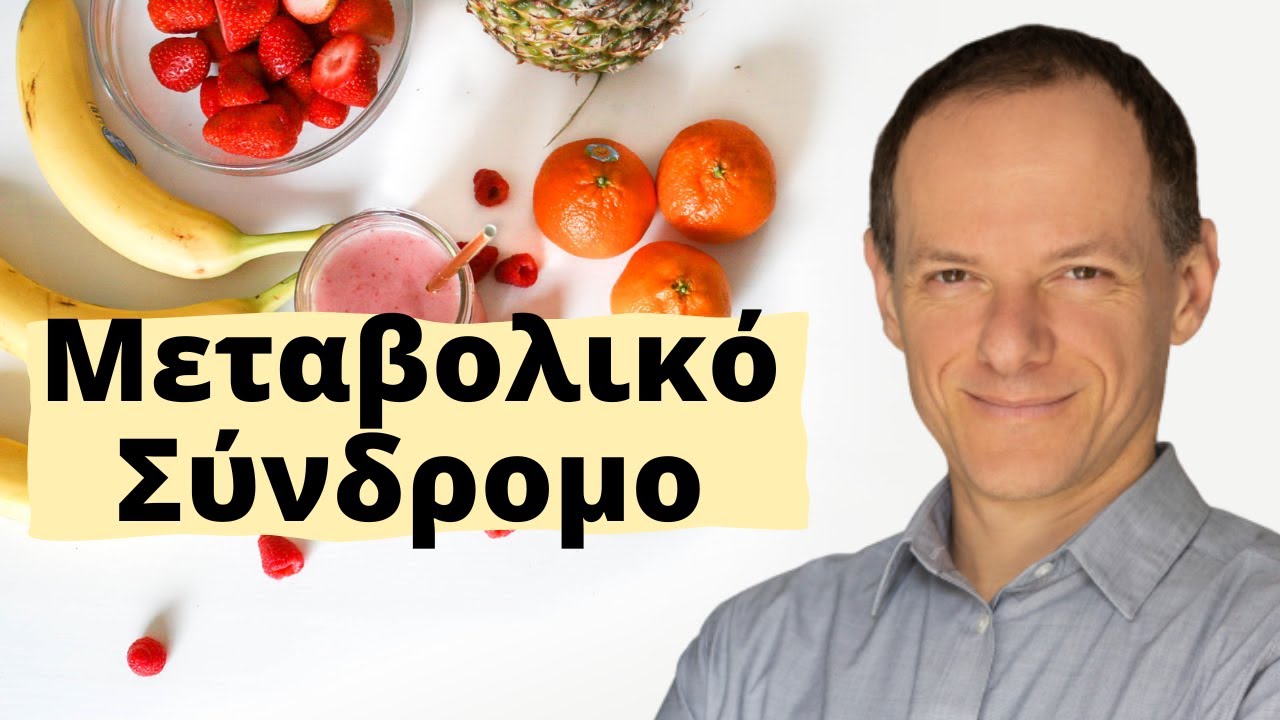
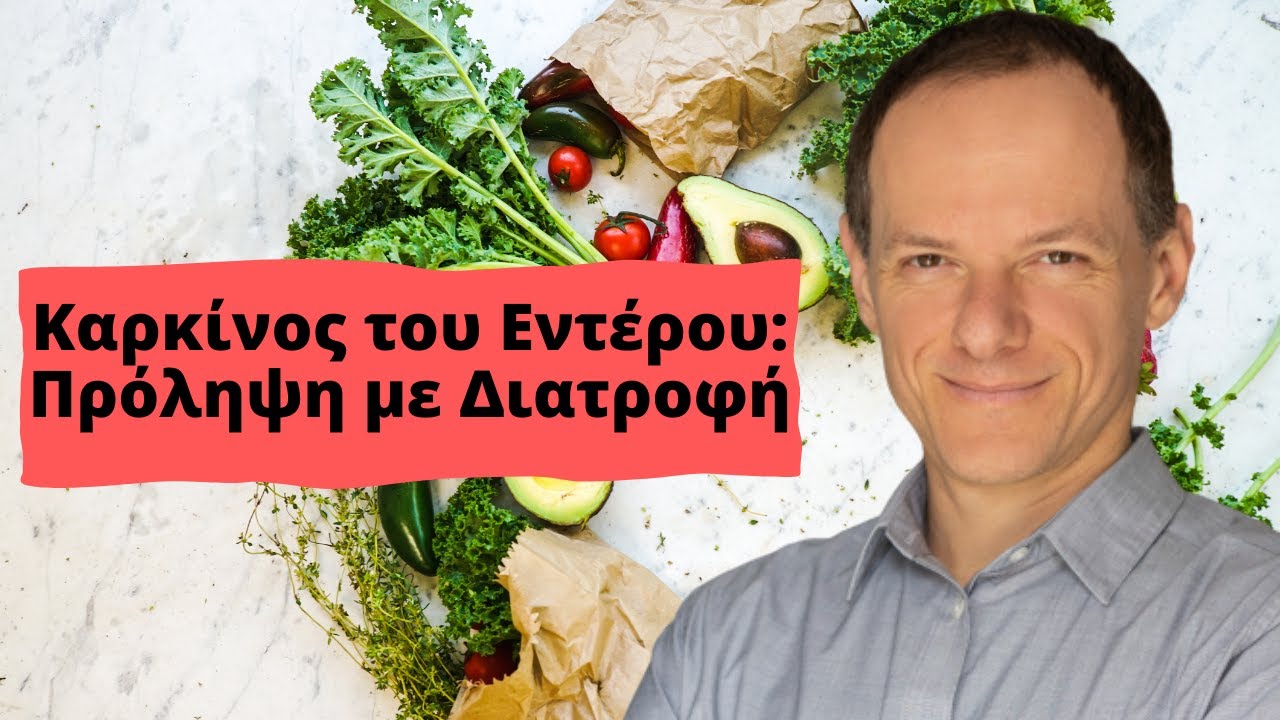
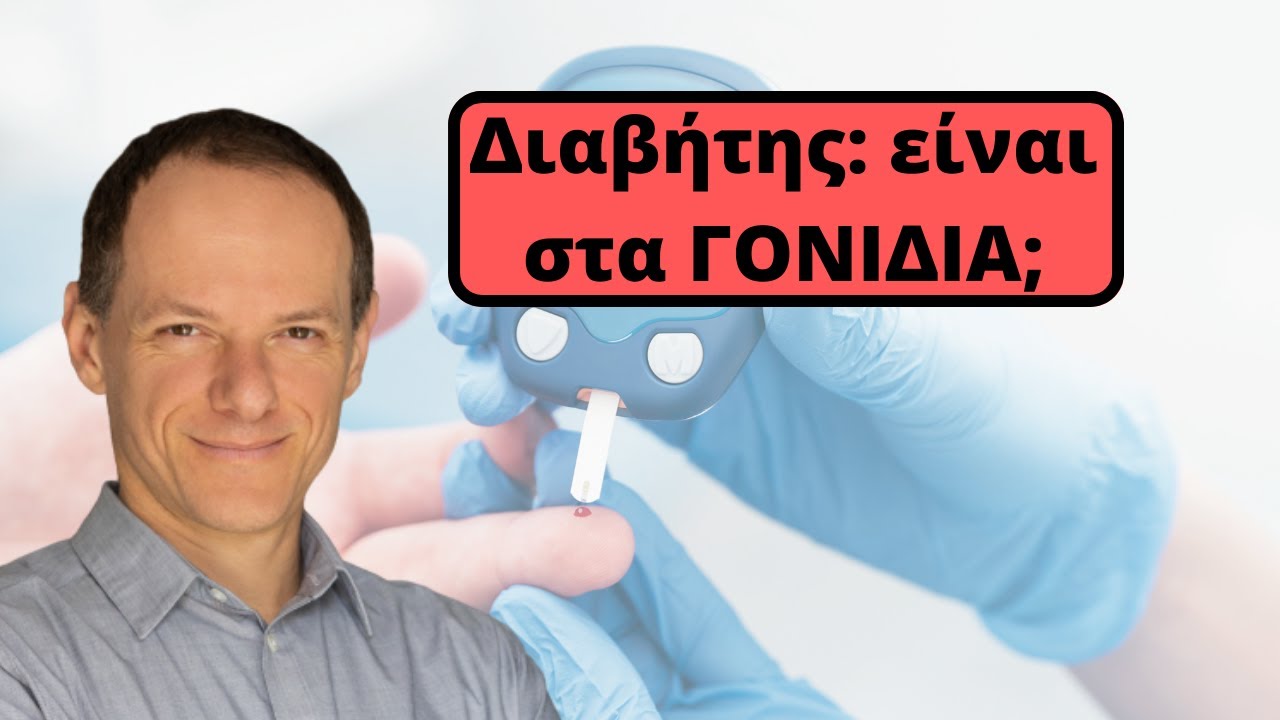
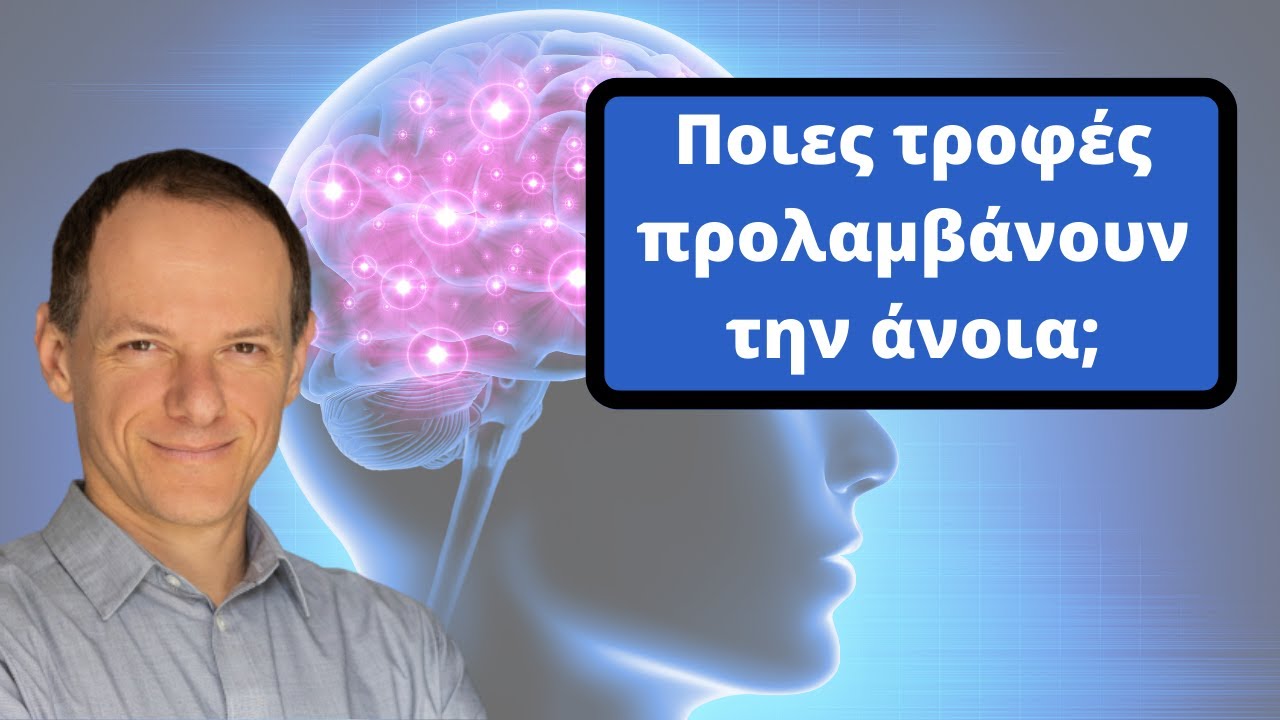
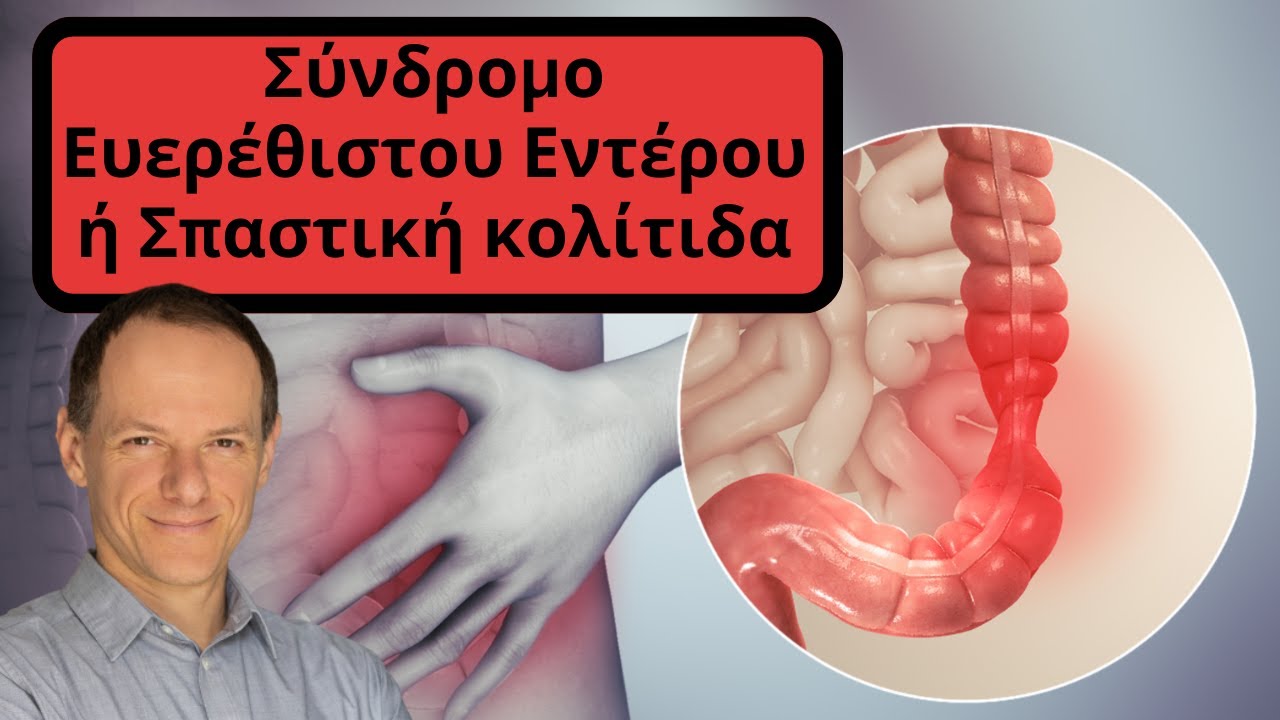
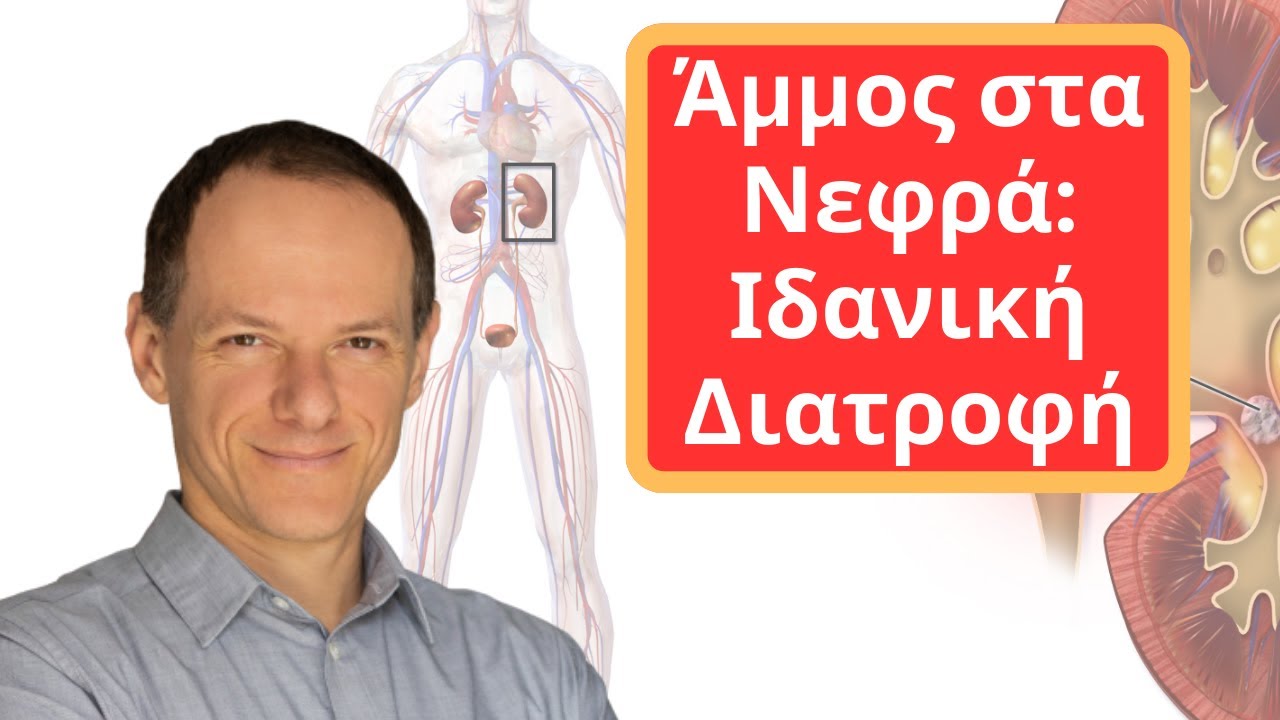
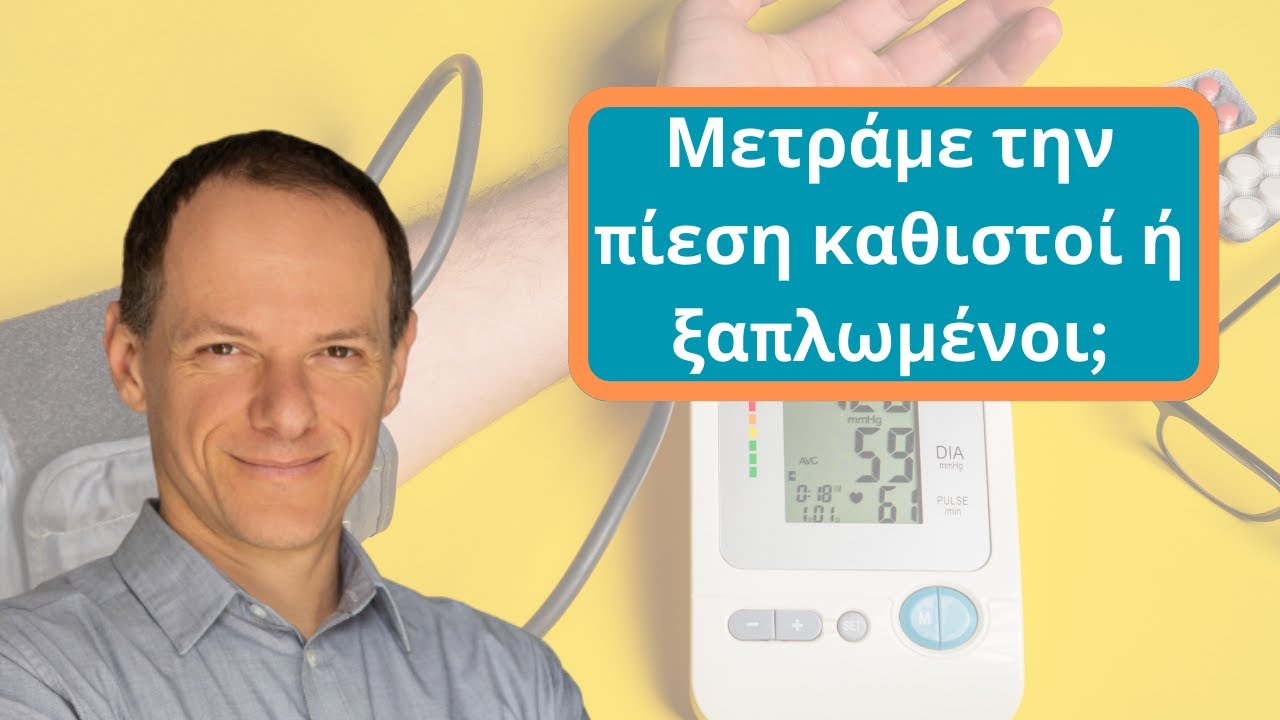

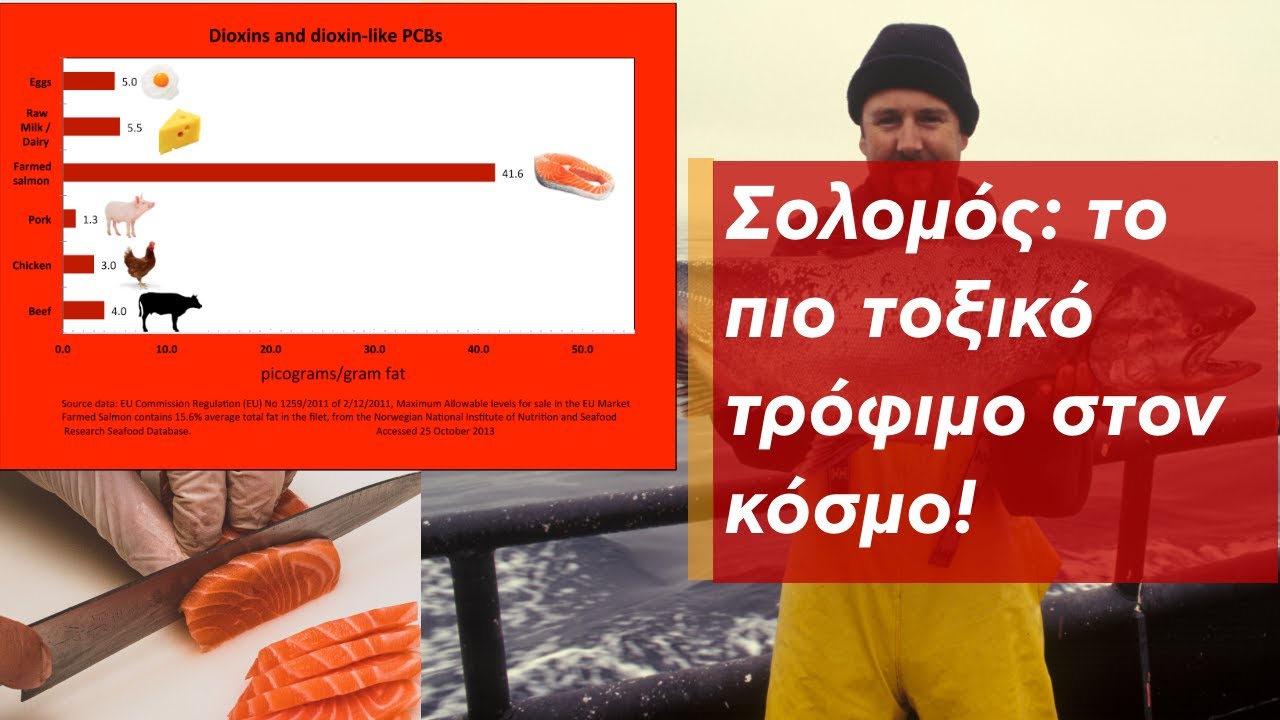
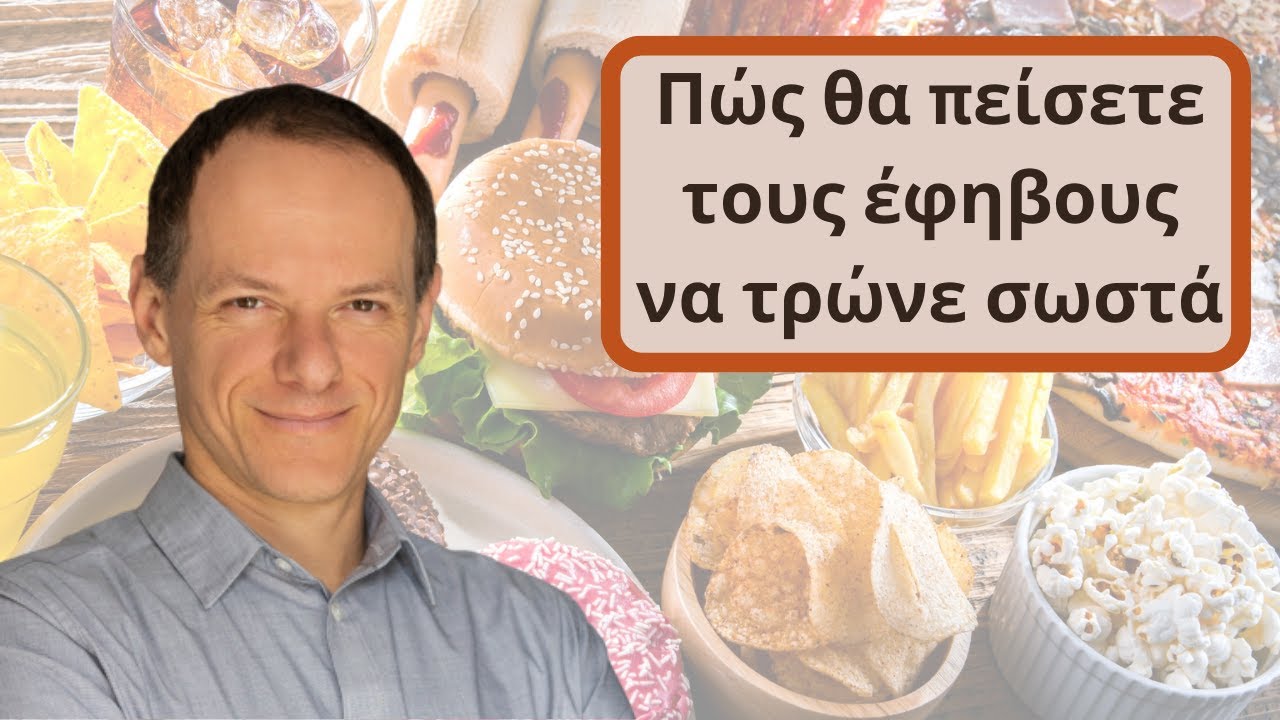



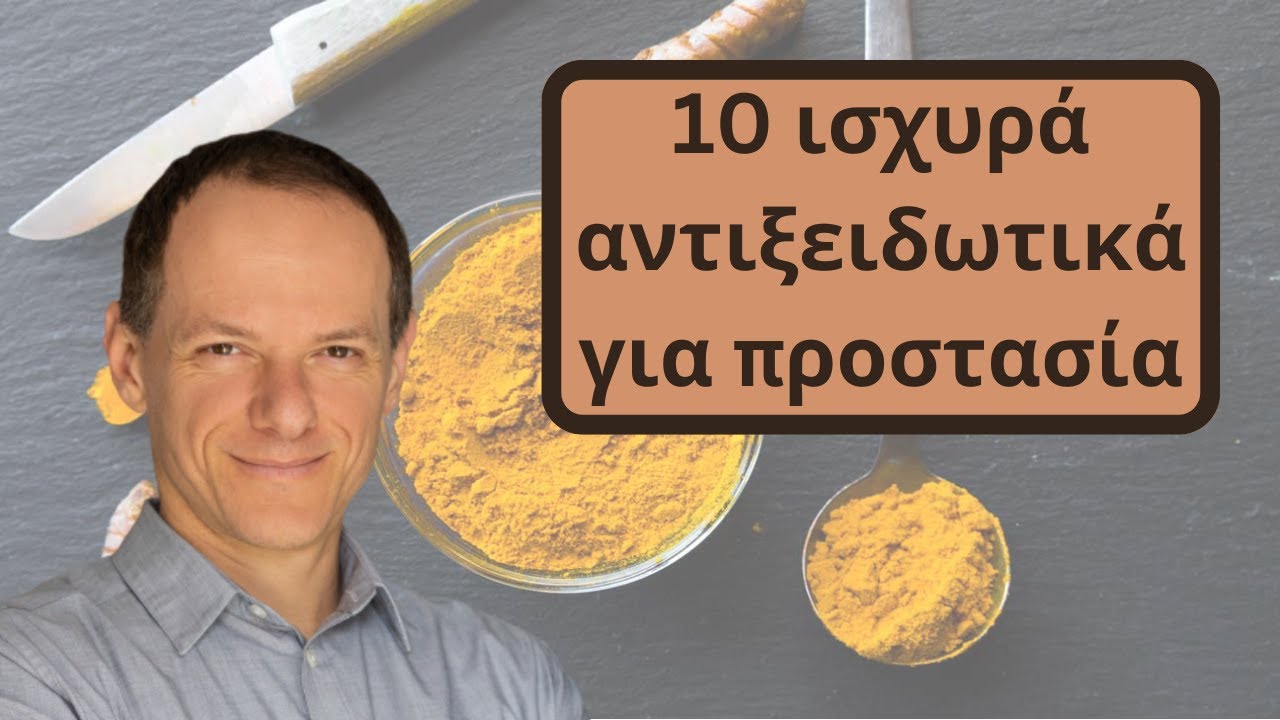
0 Σχόλια